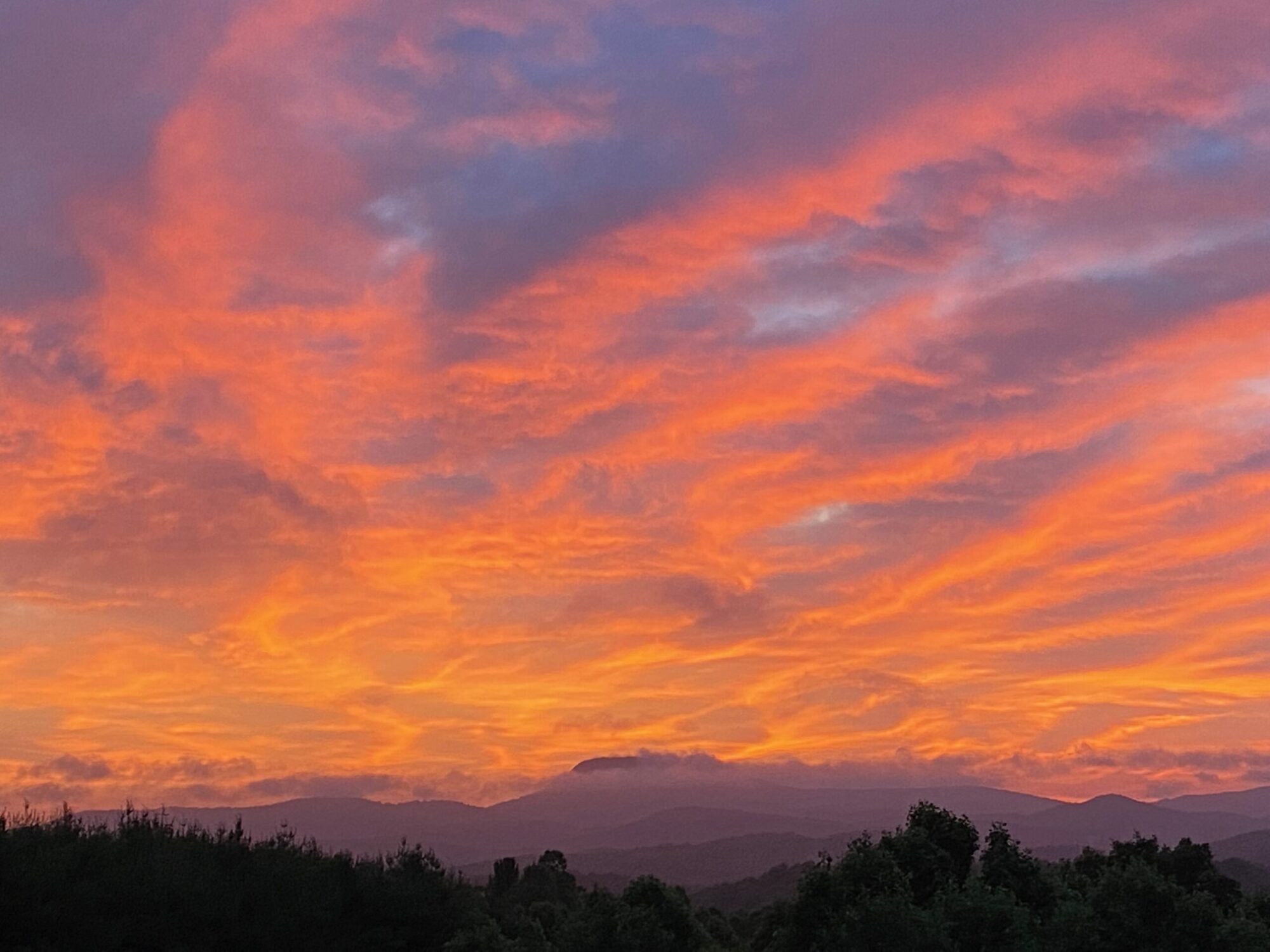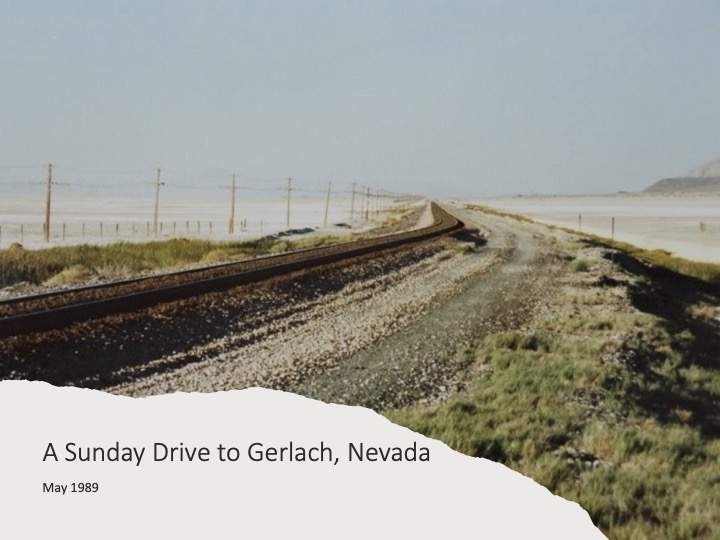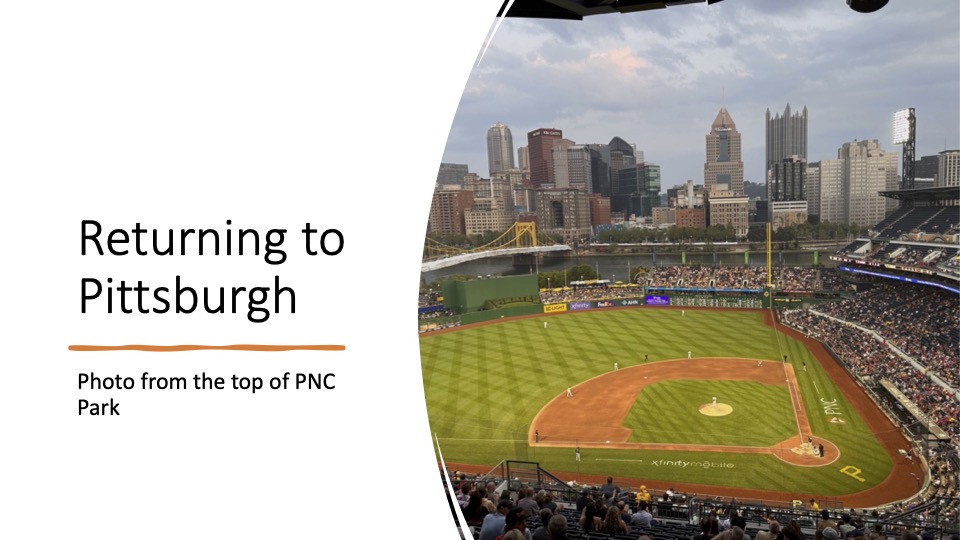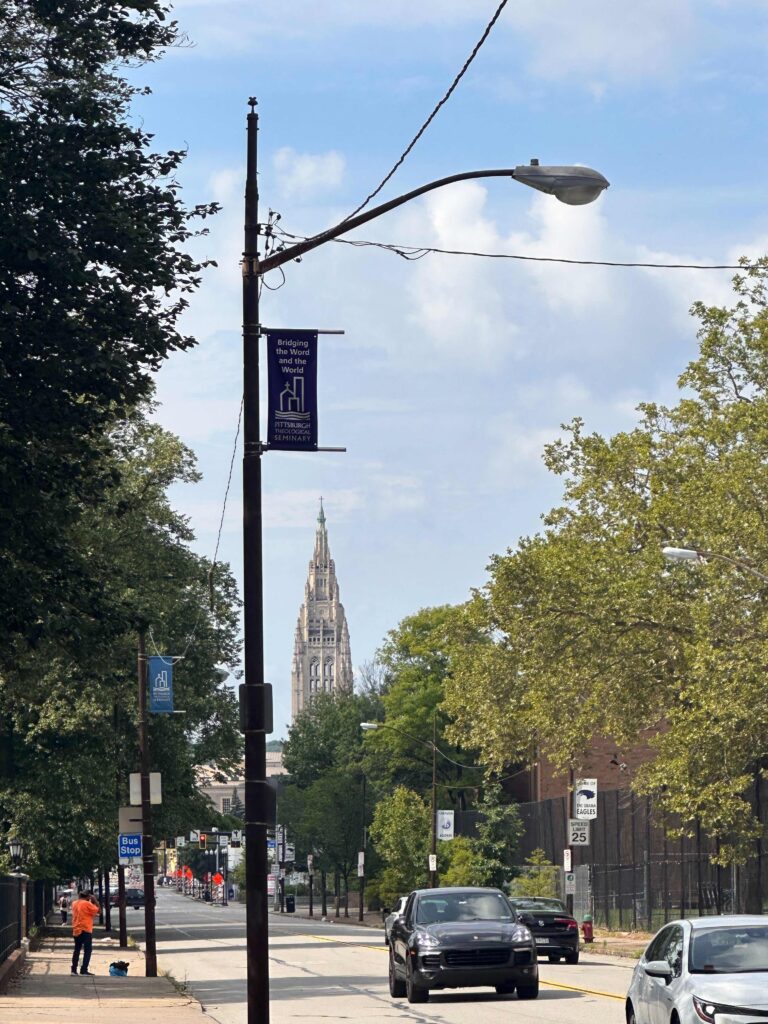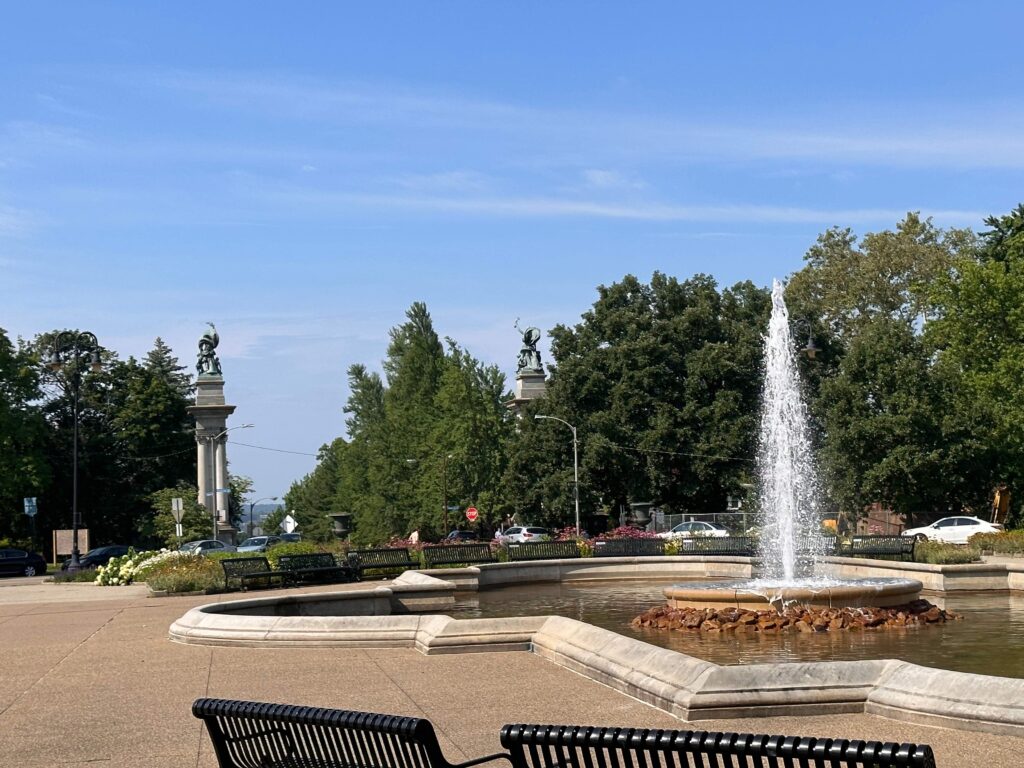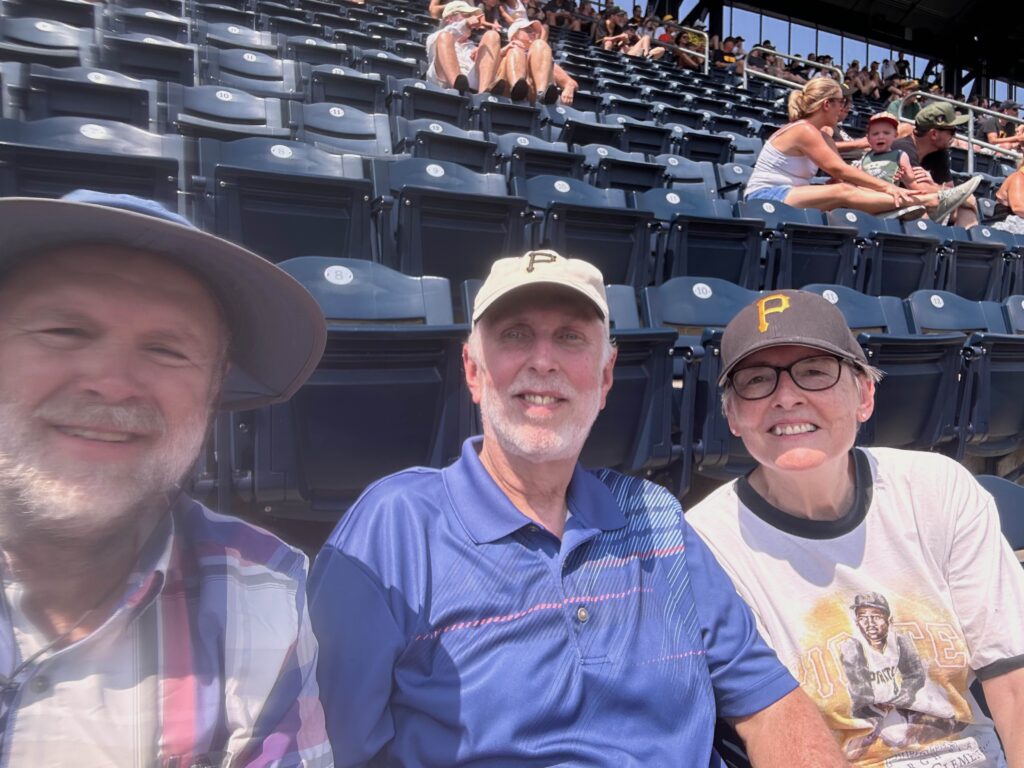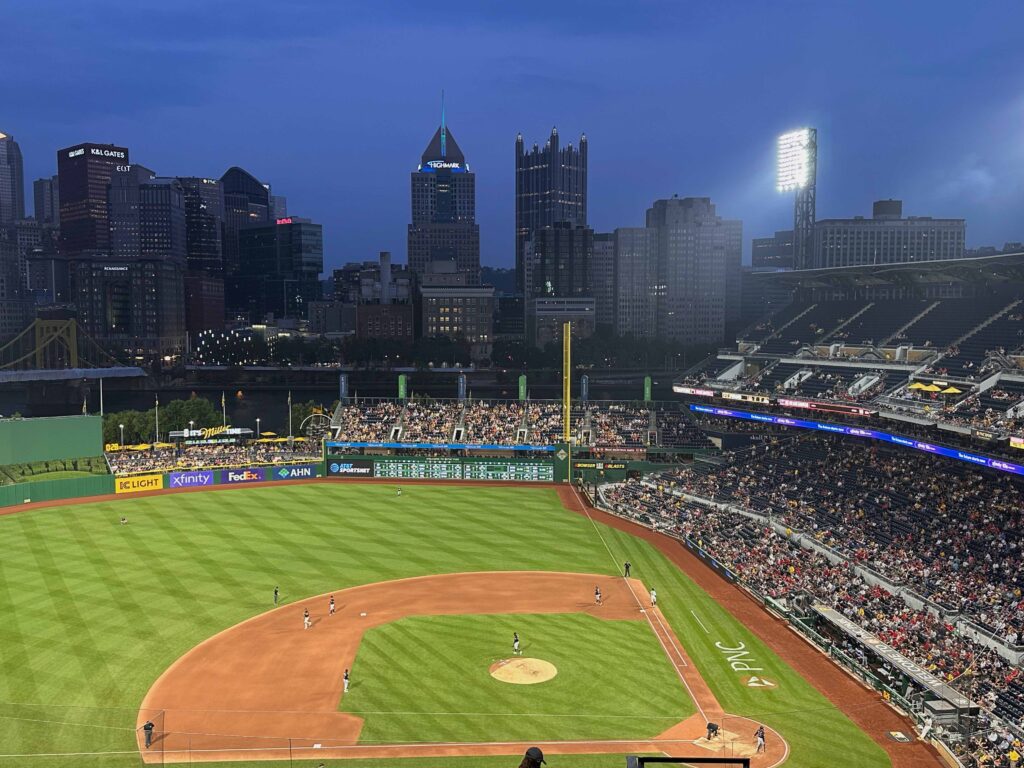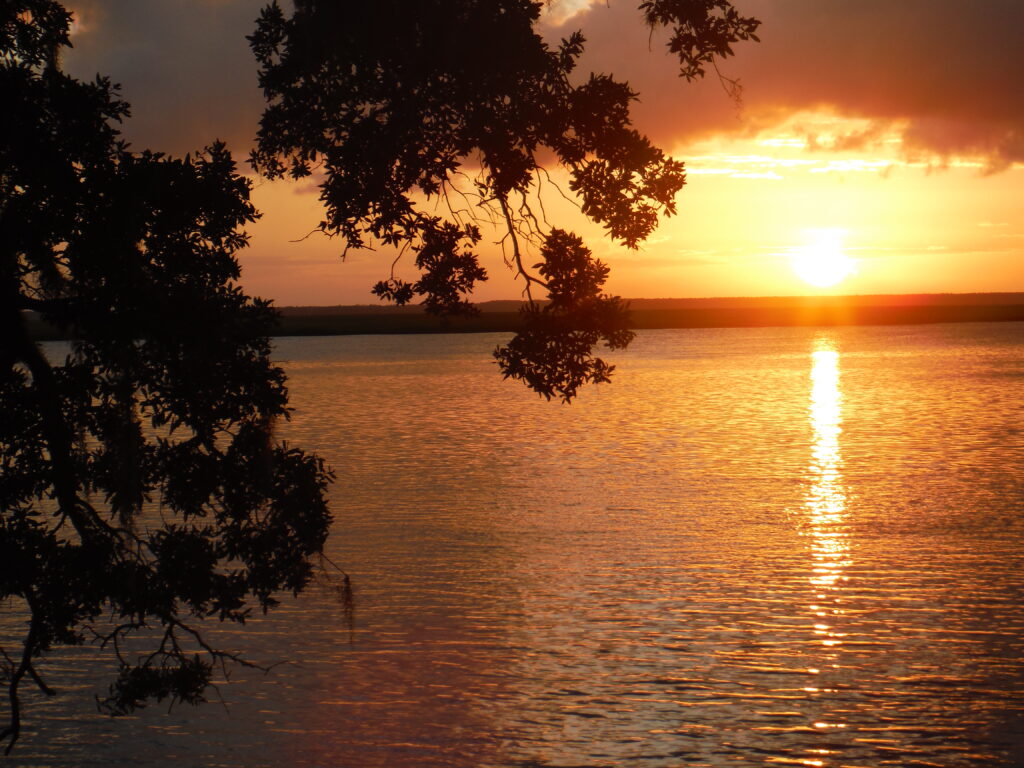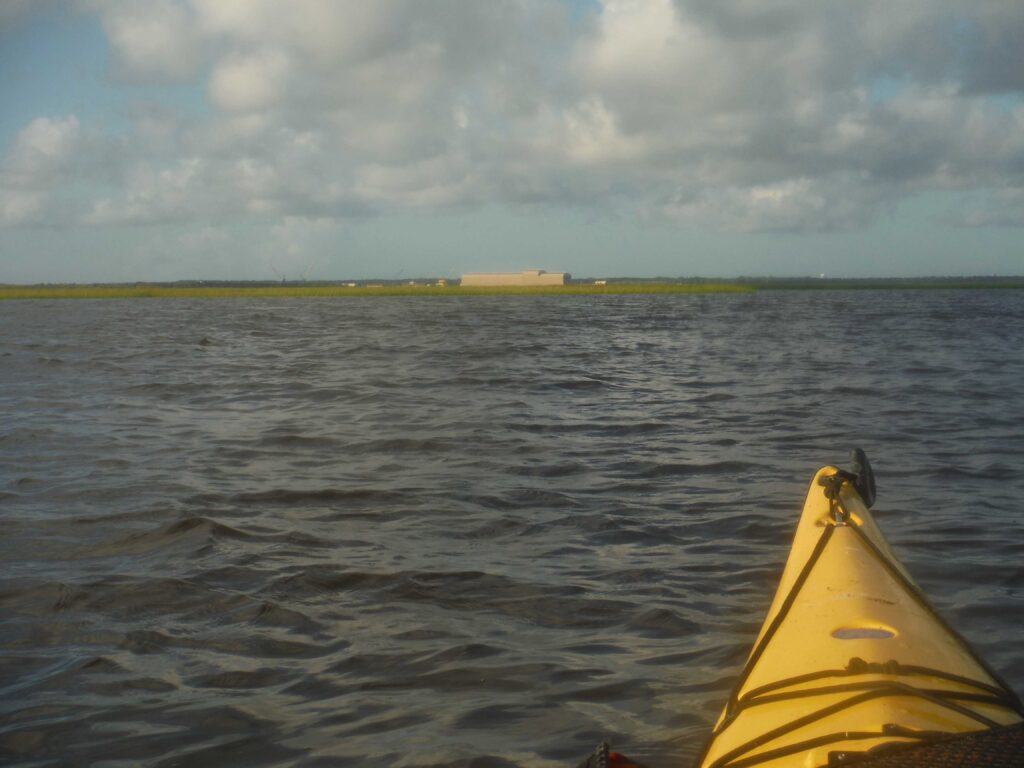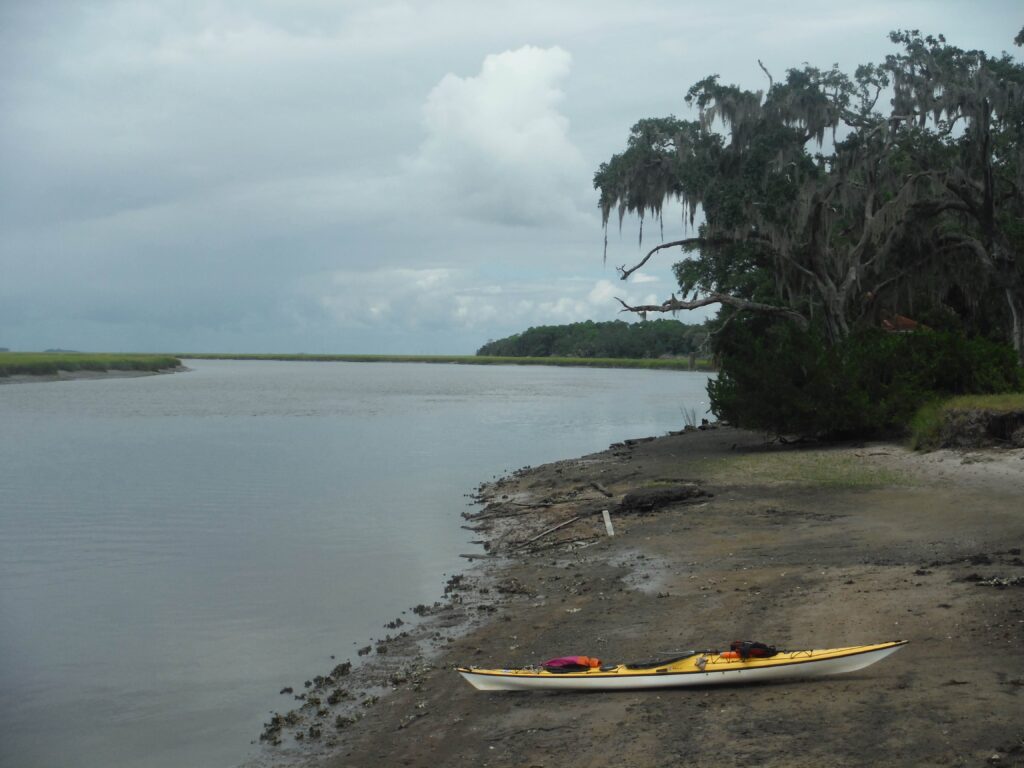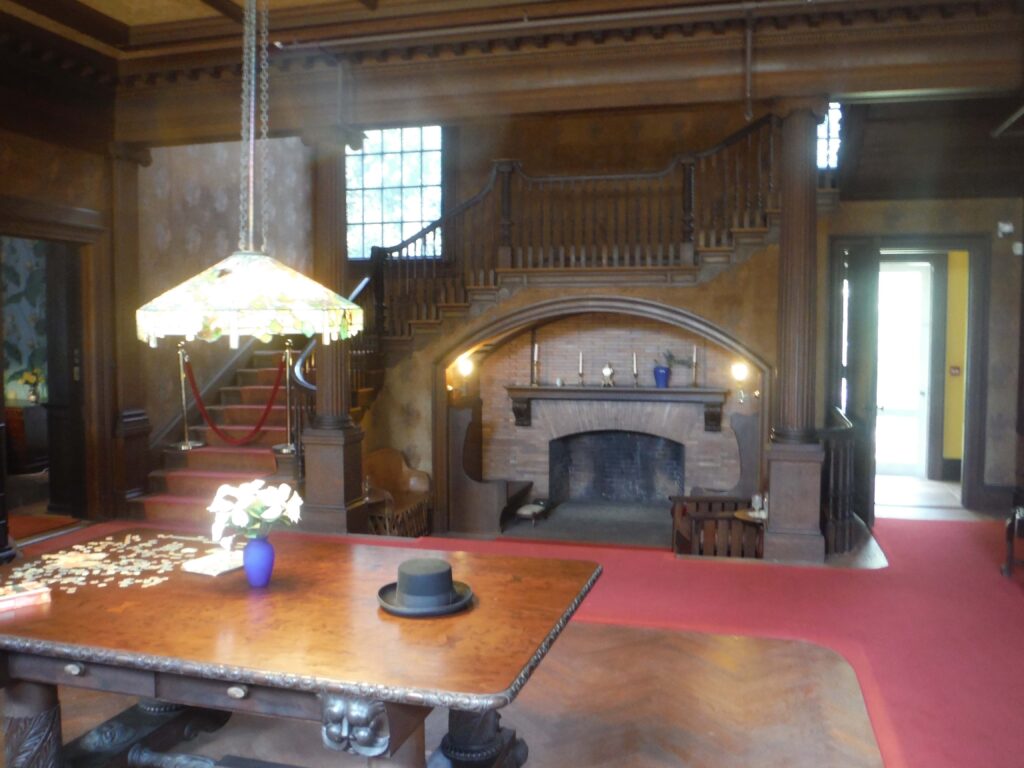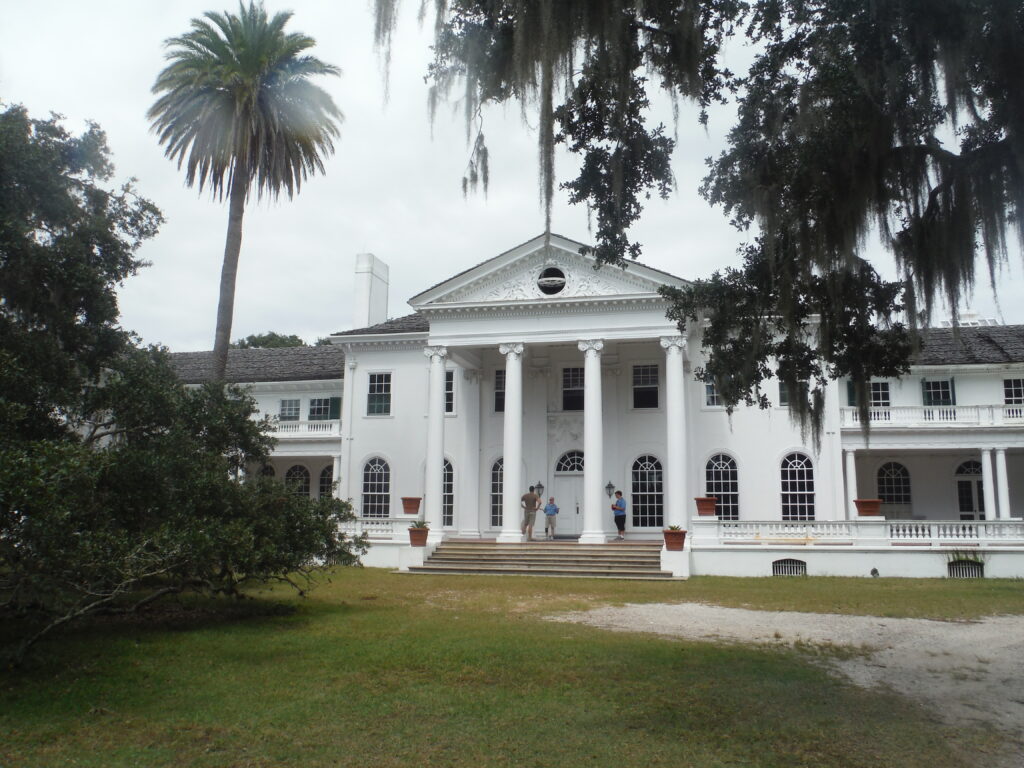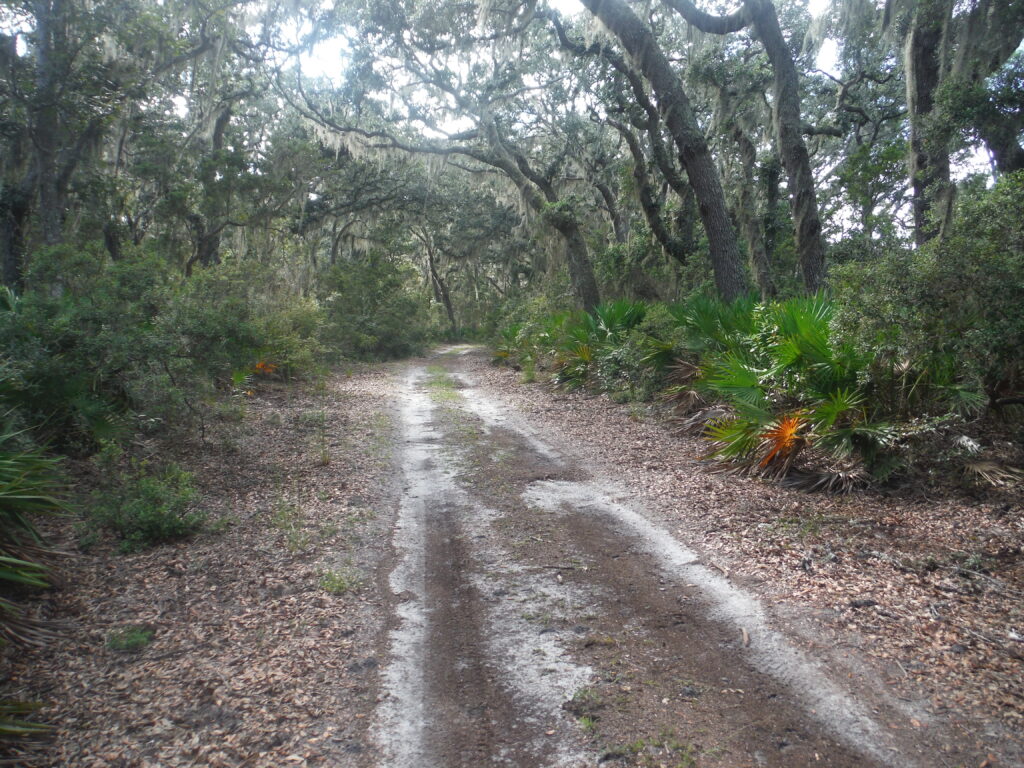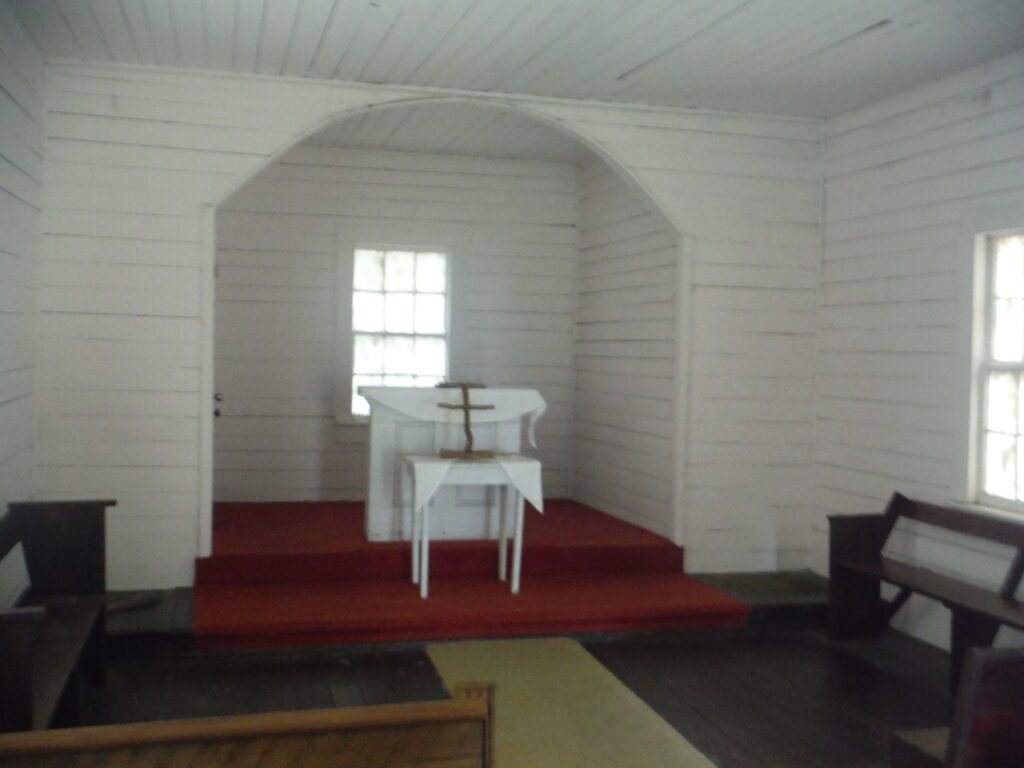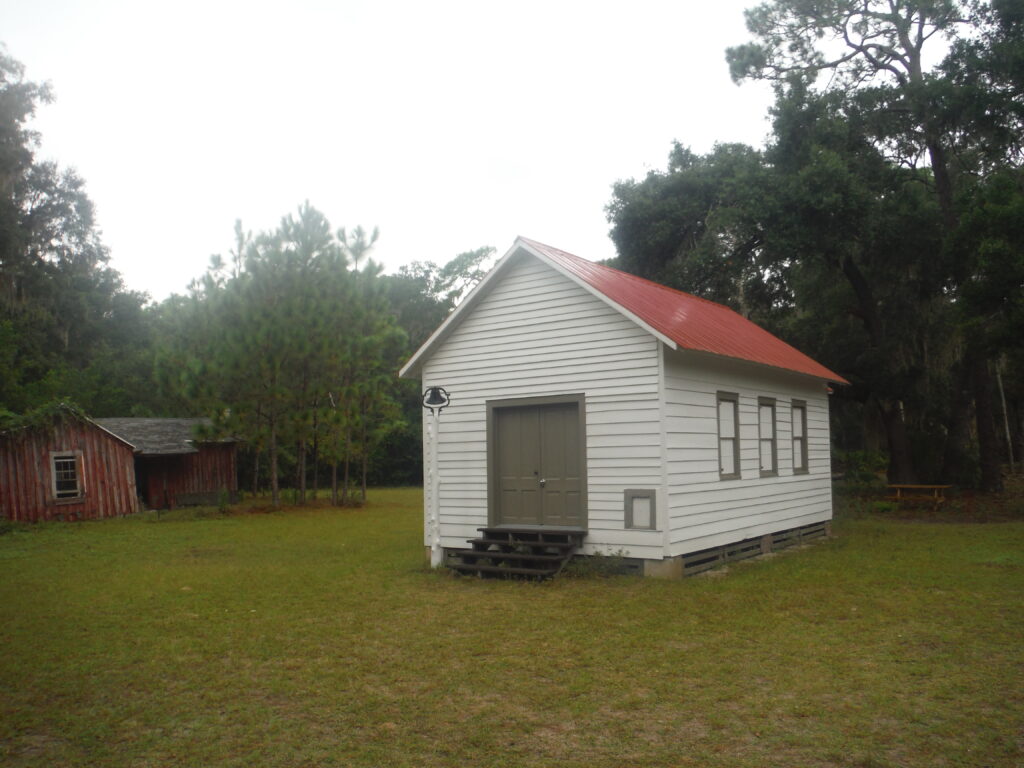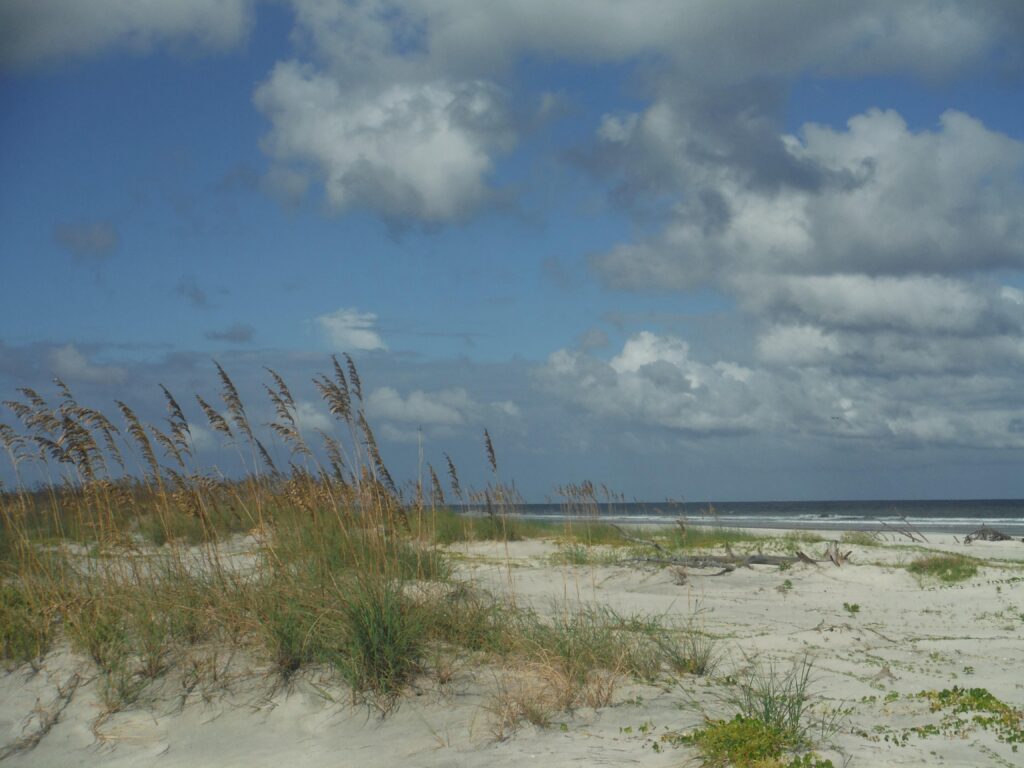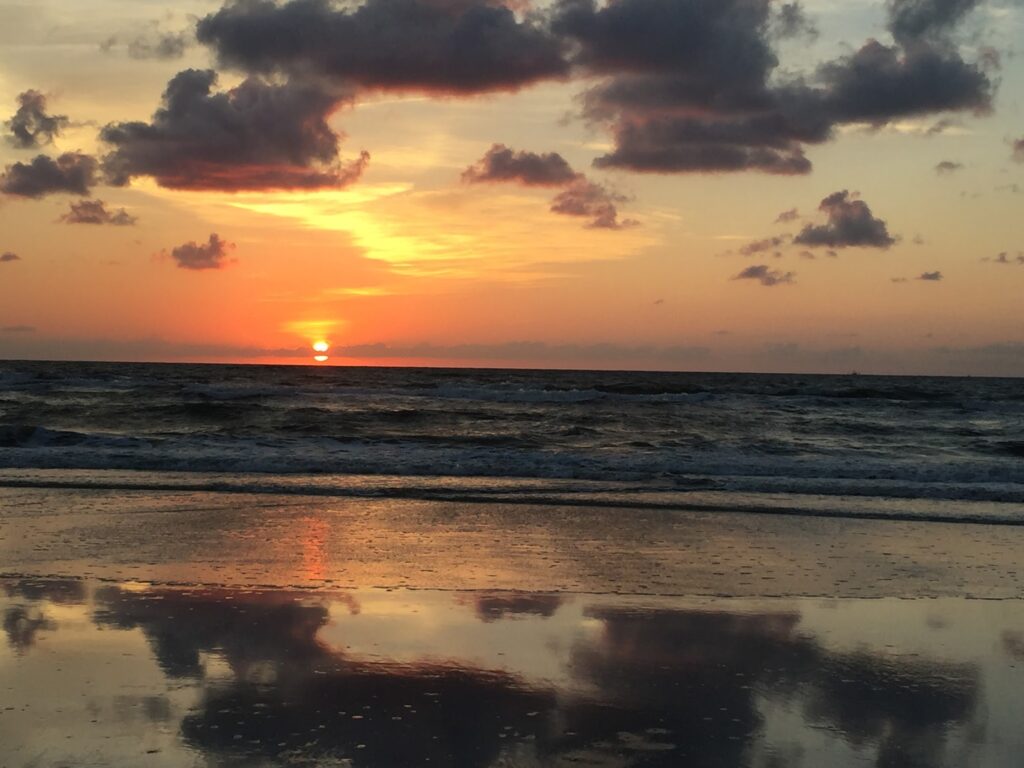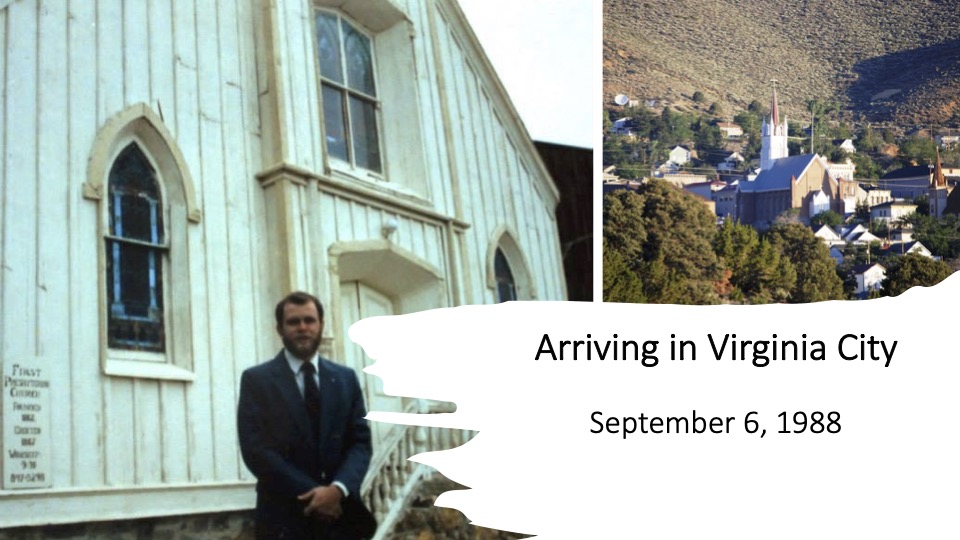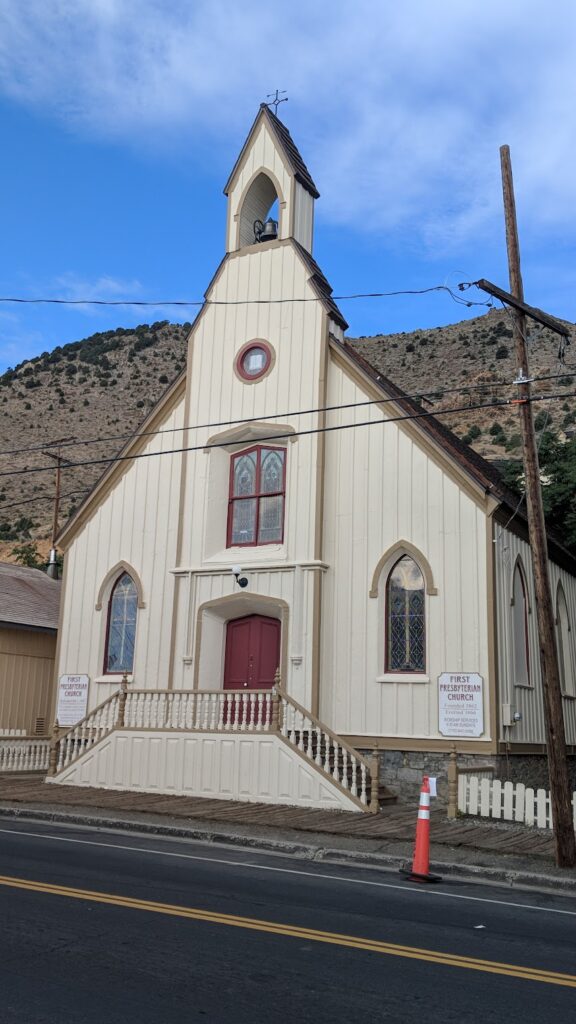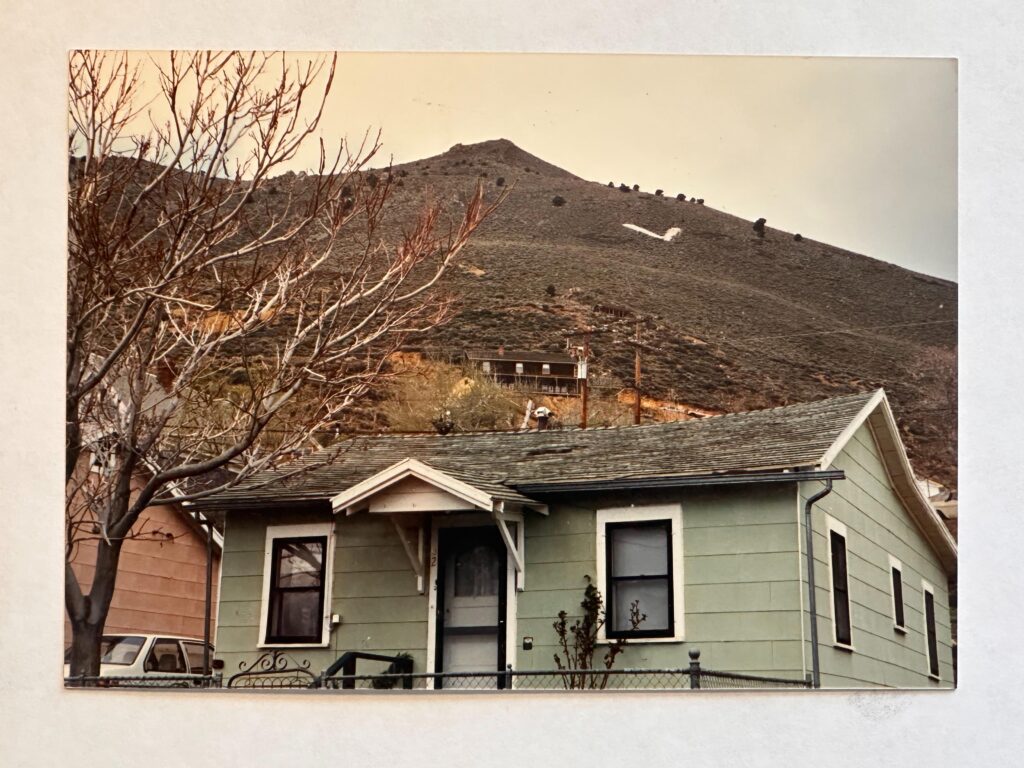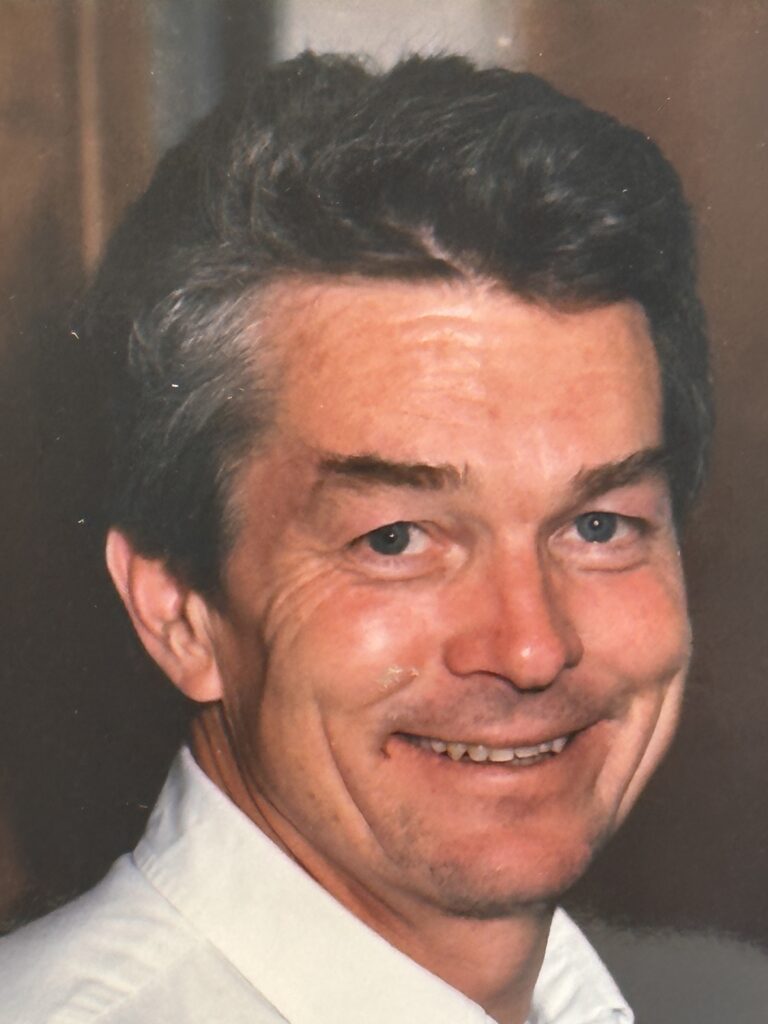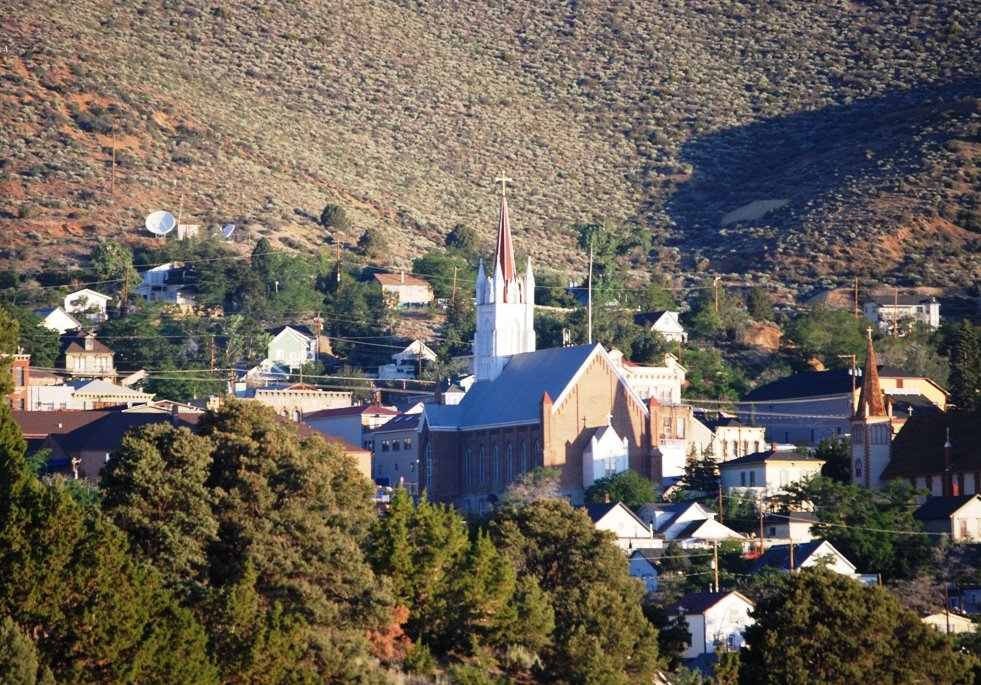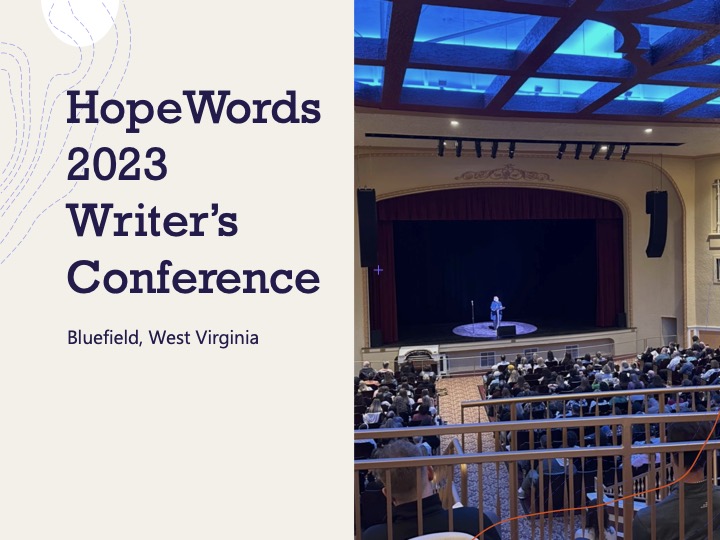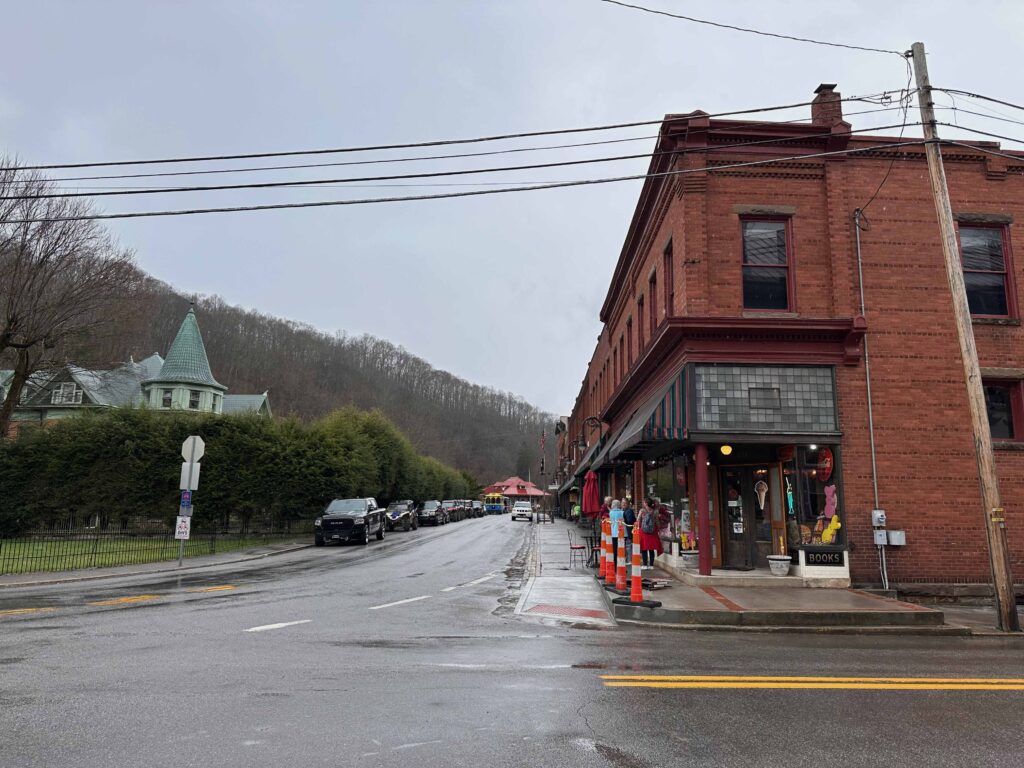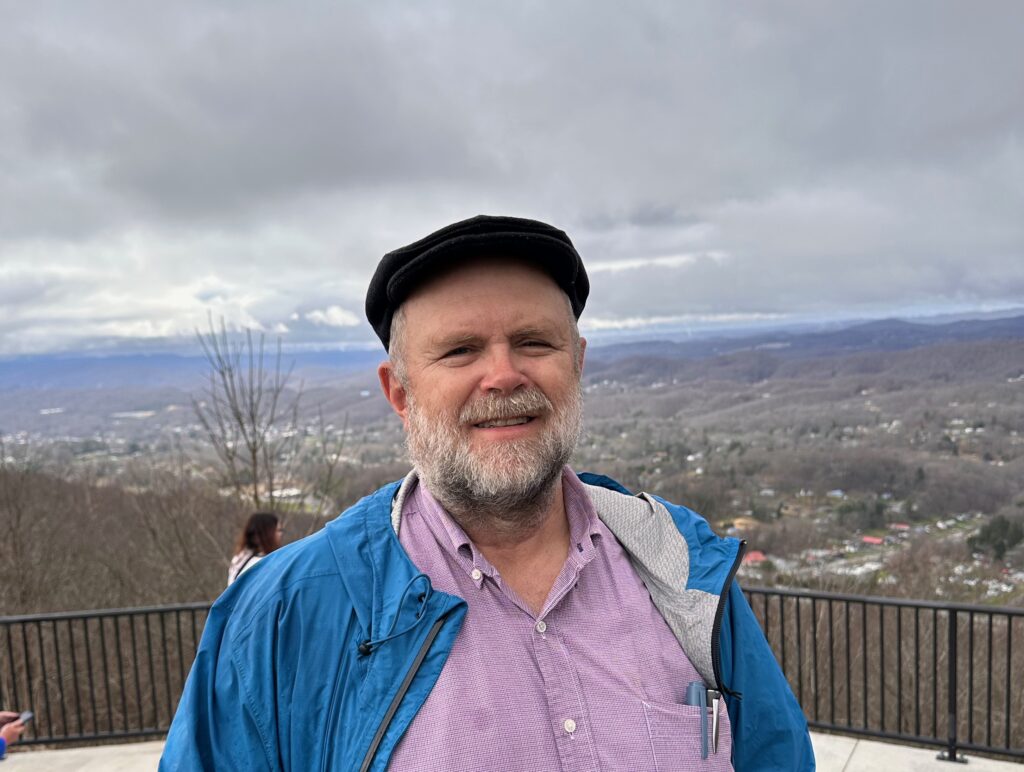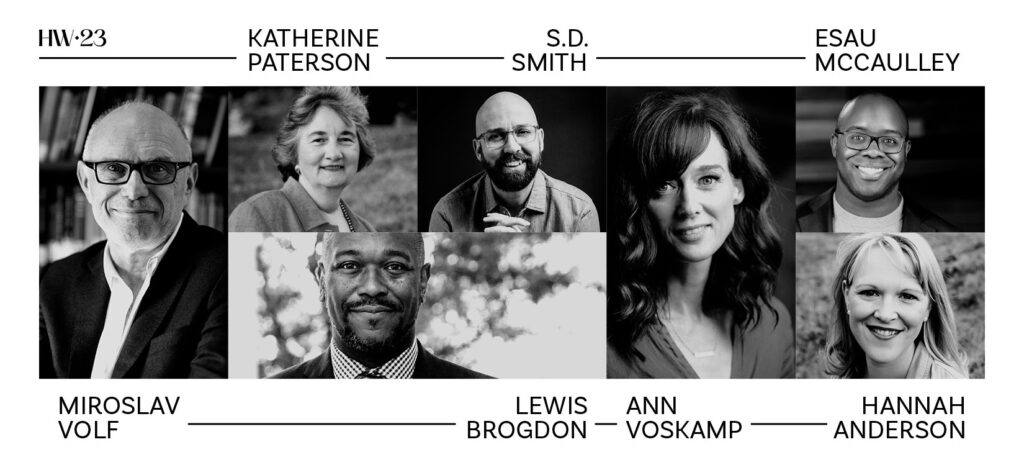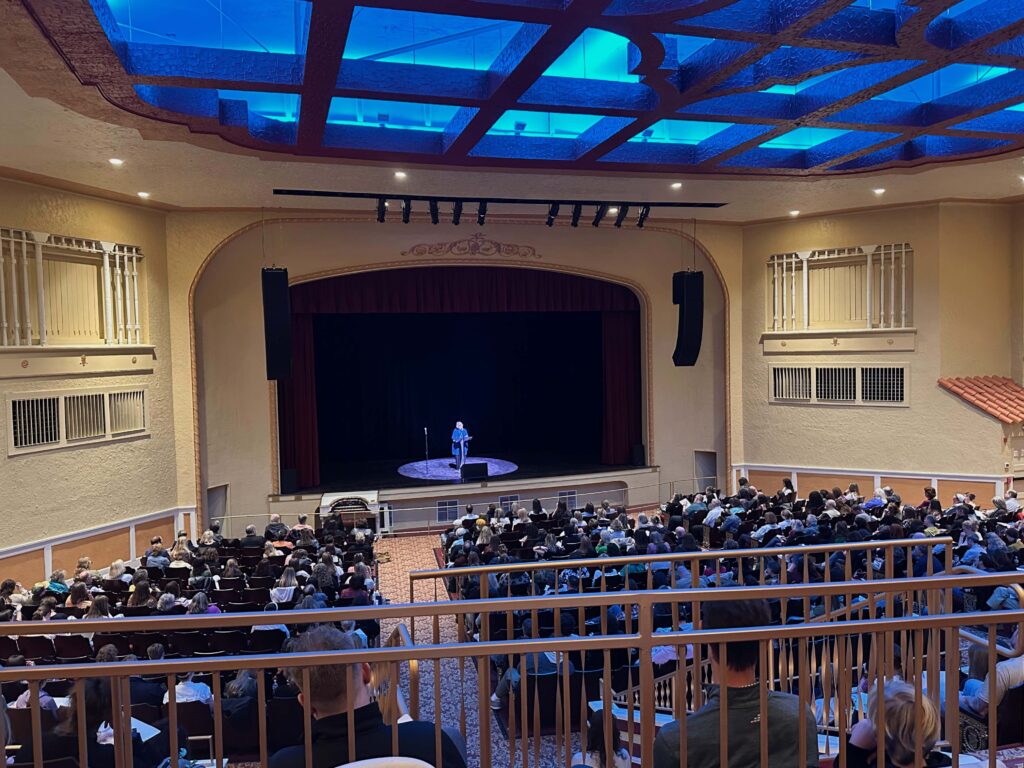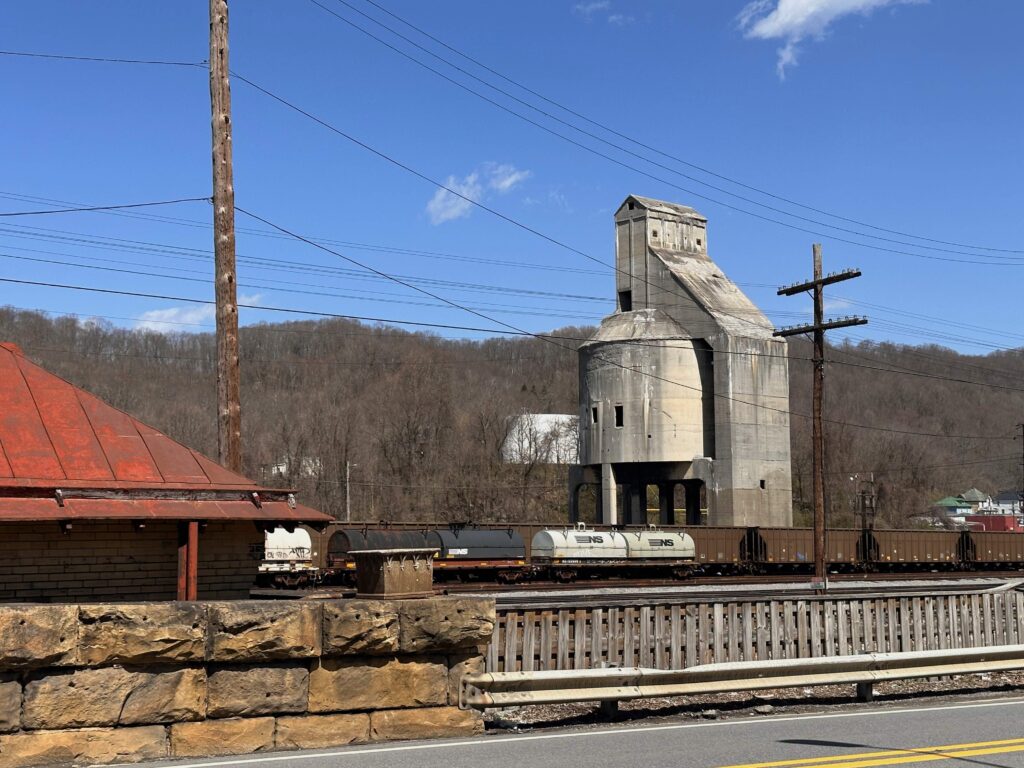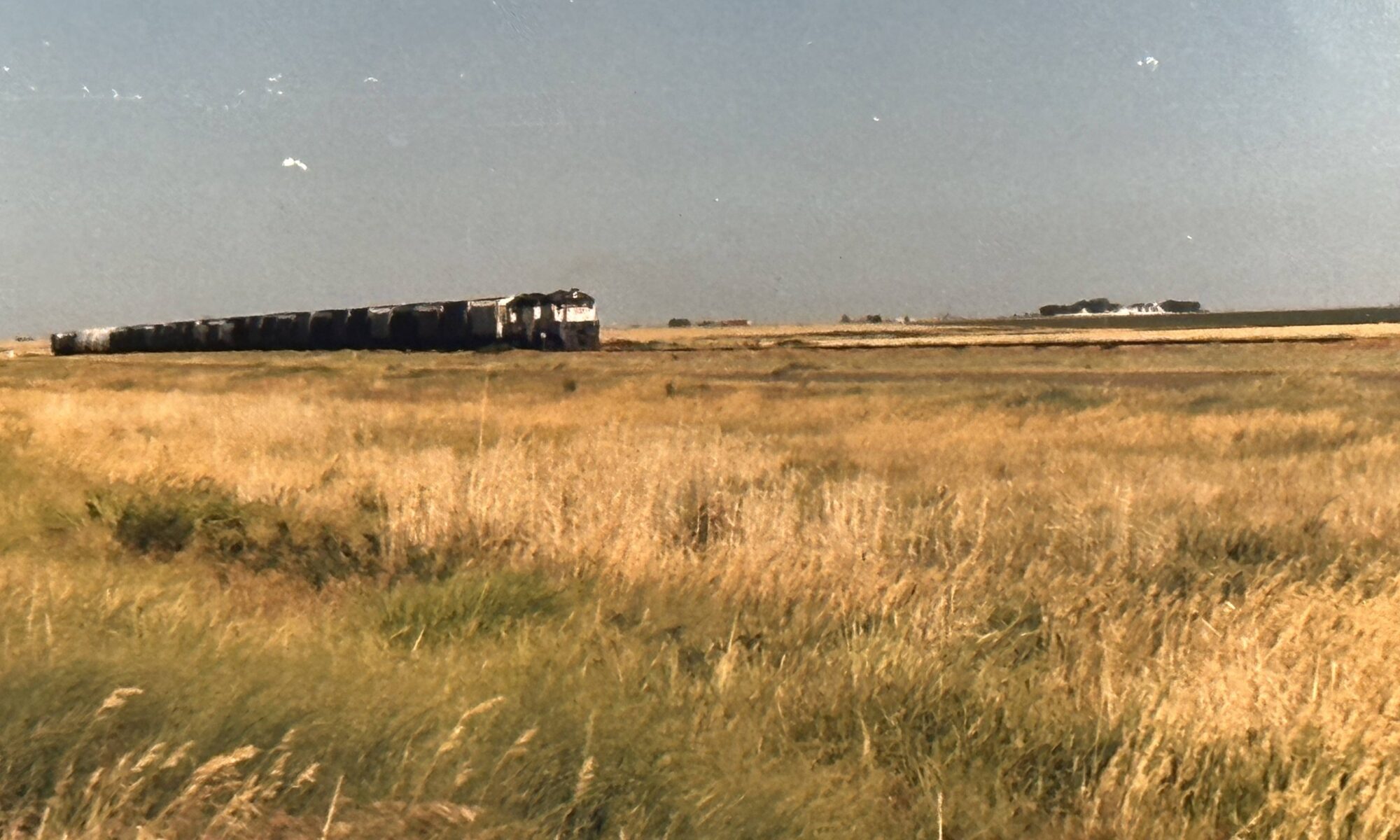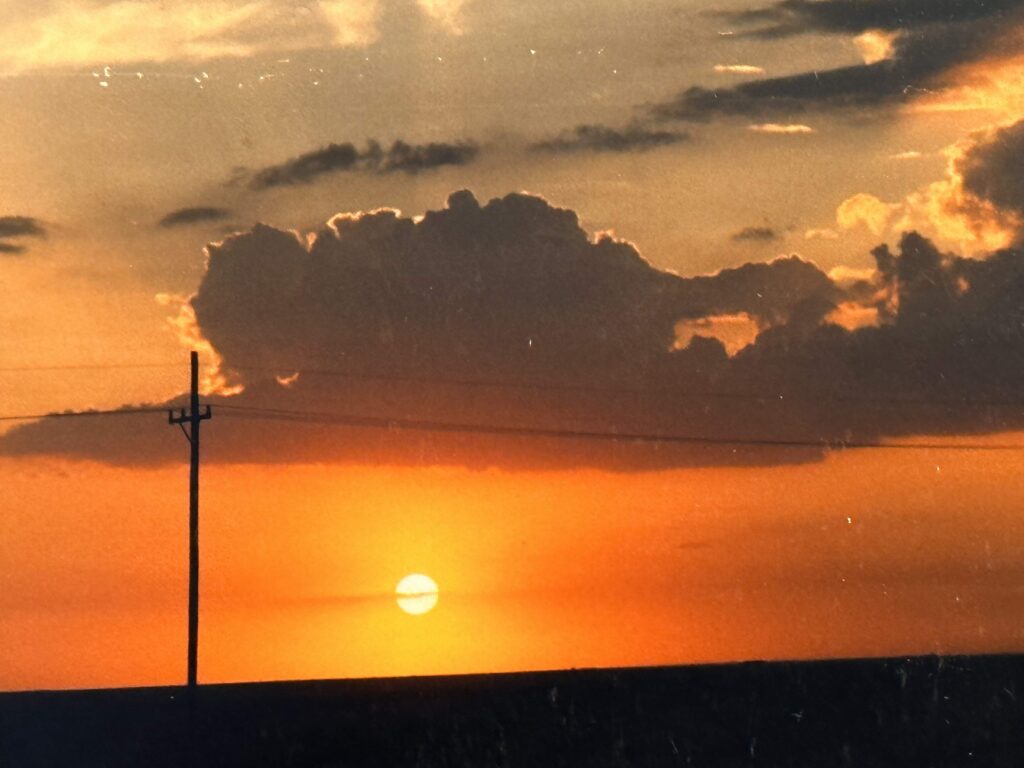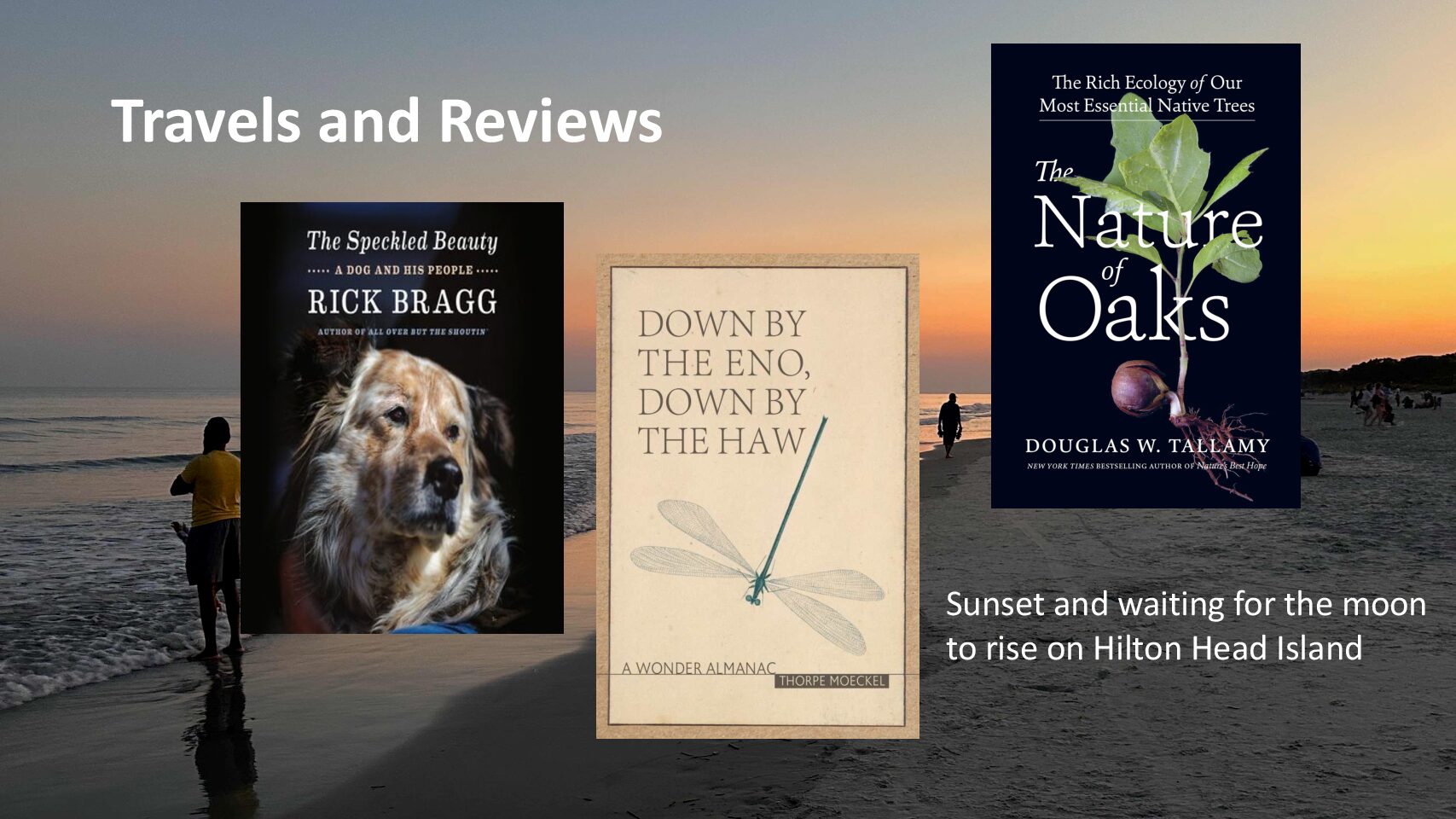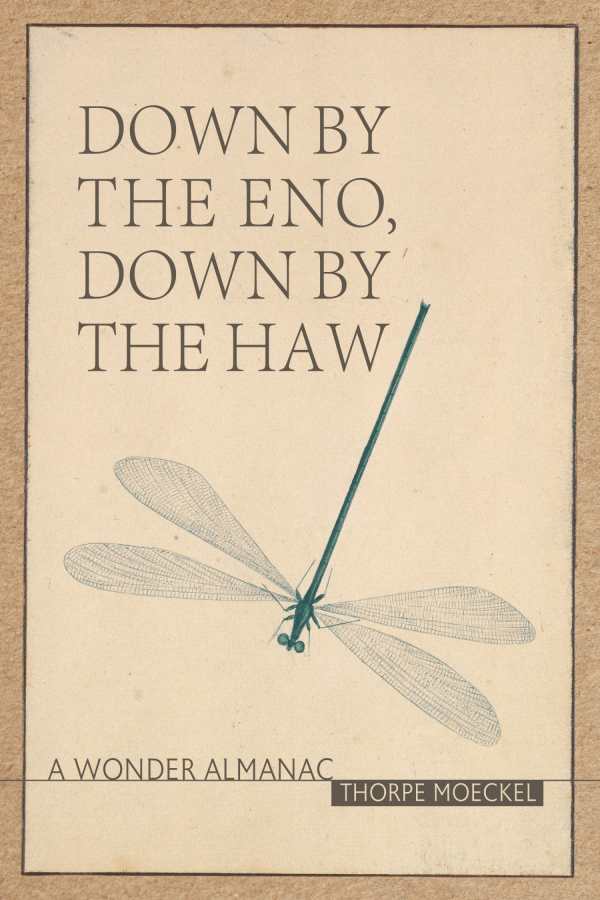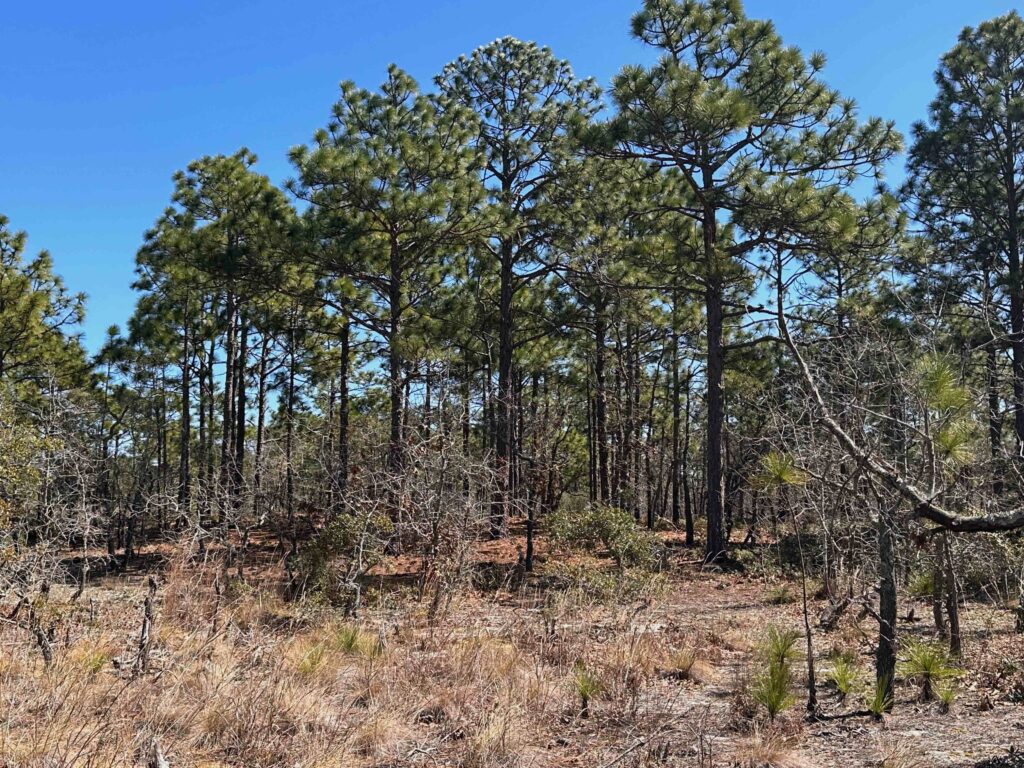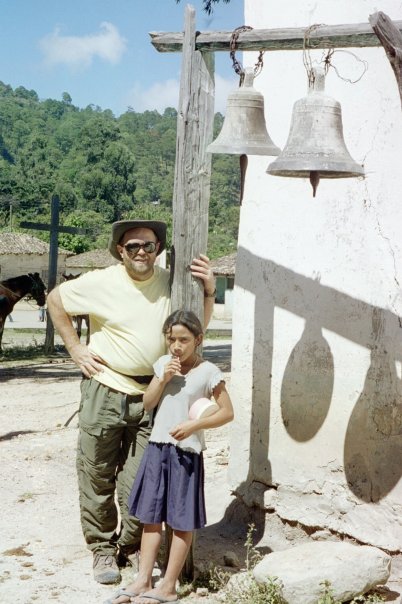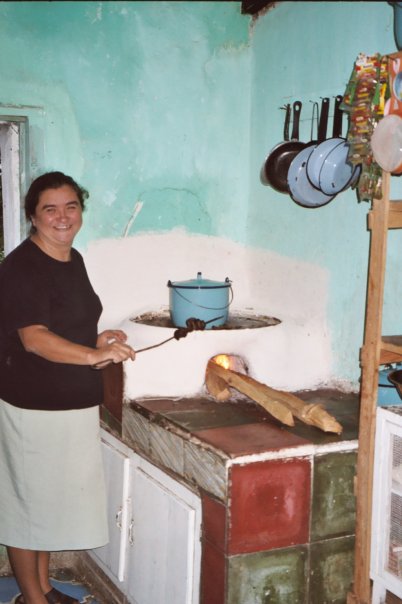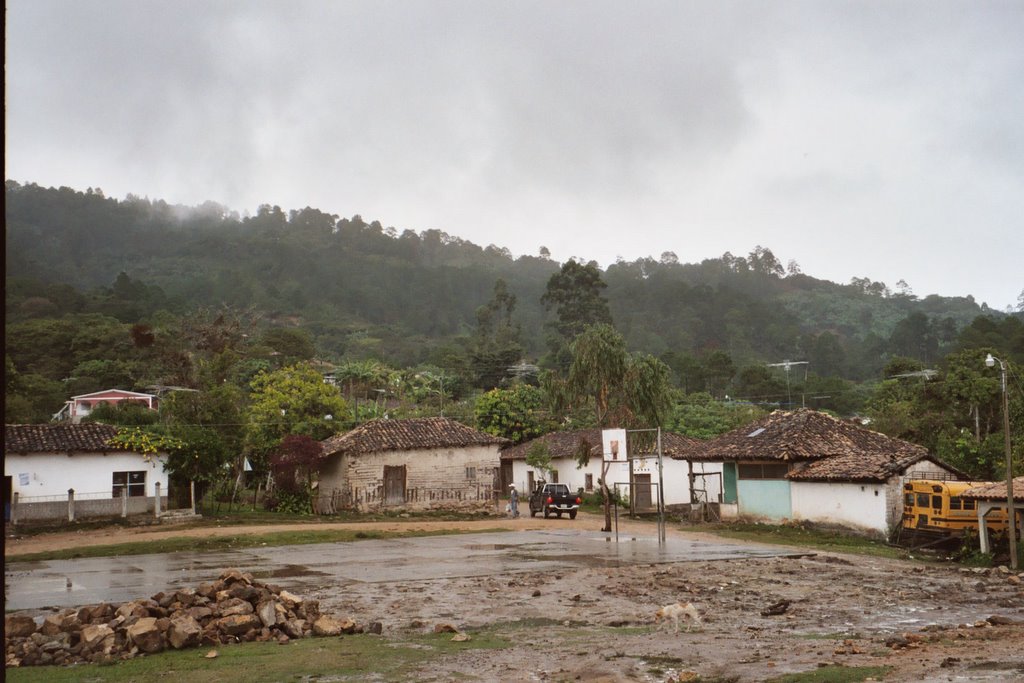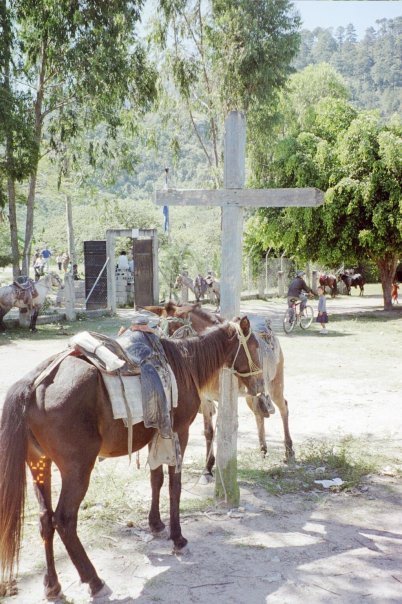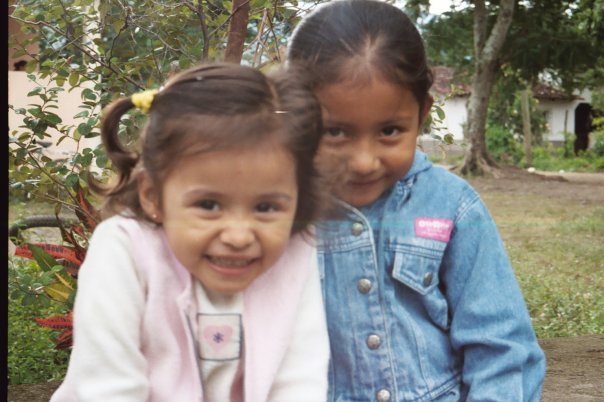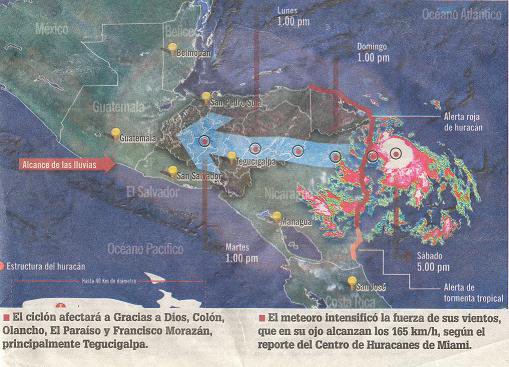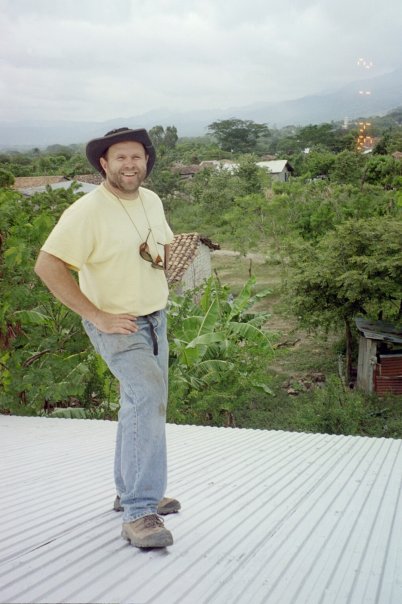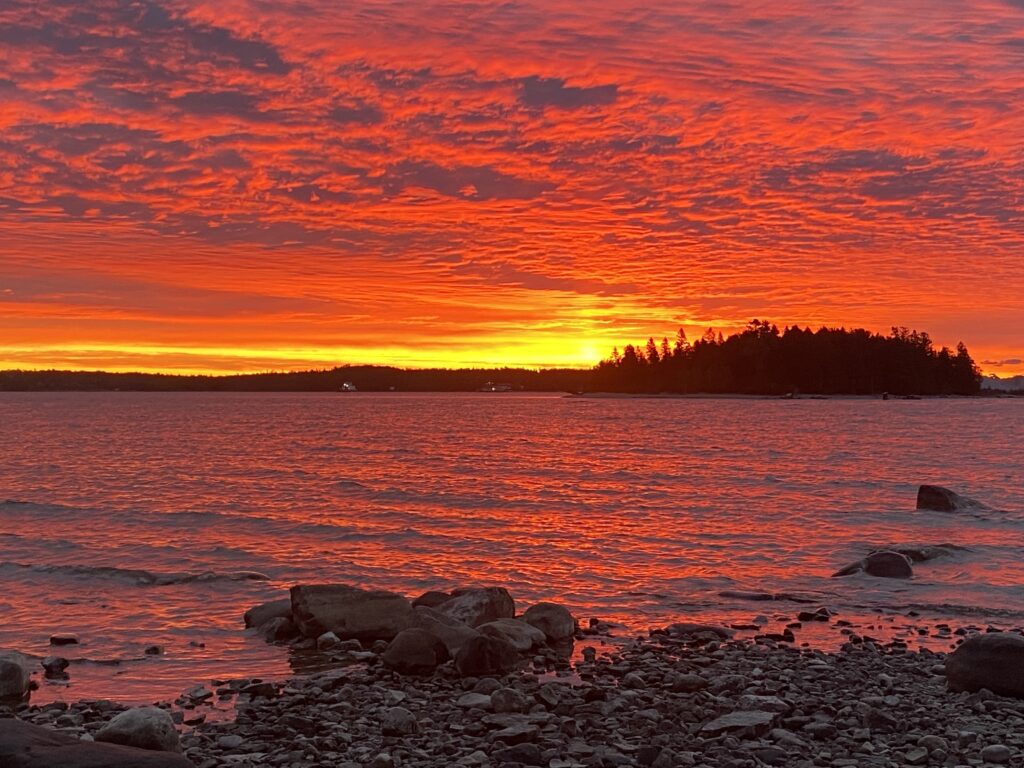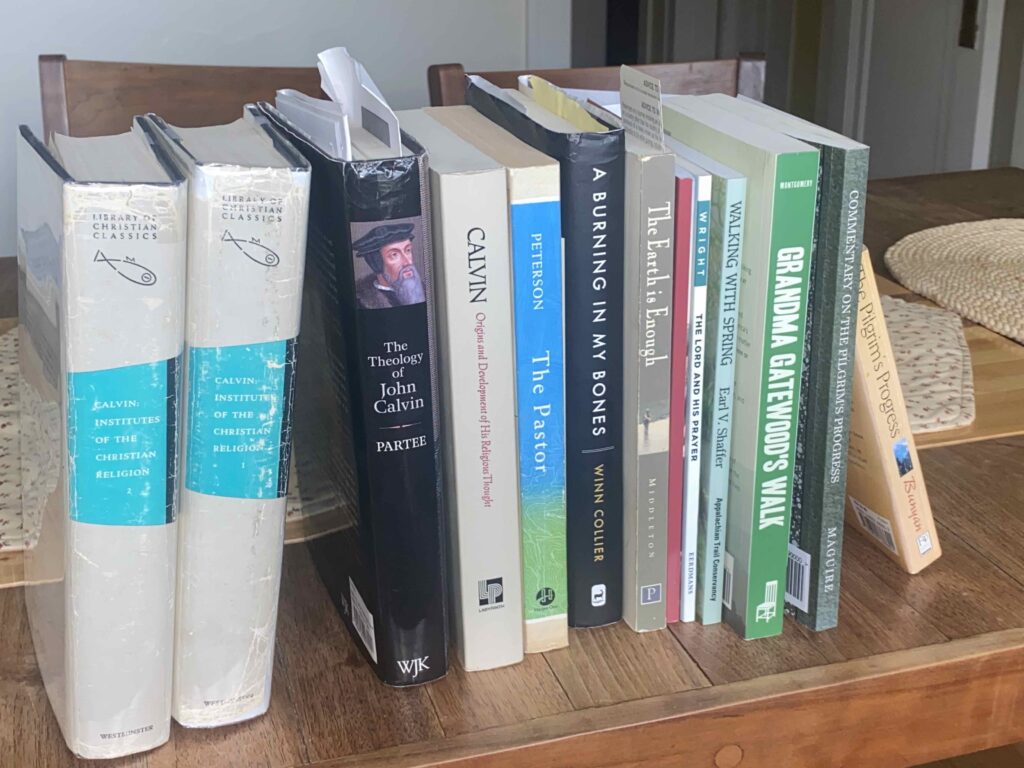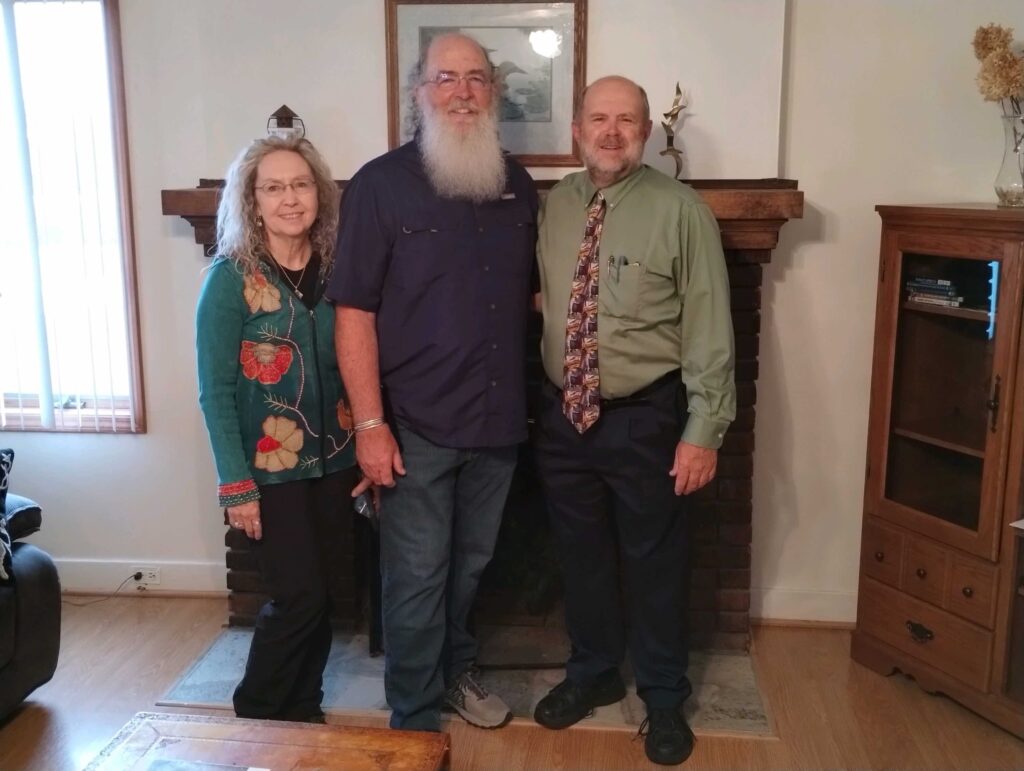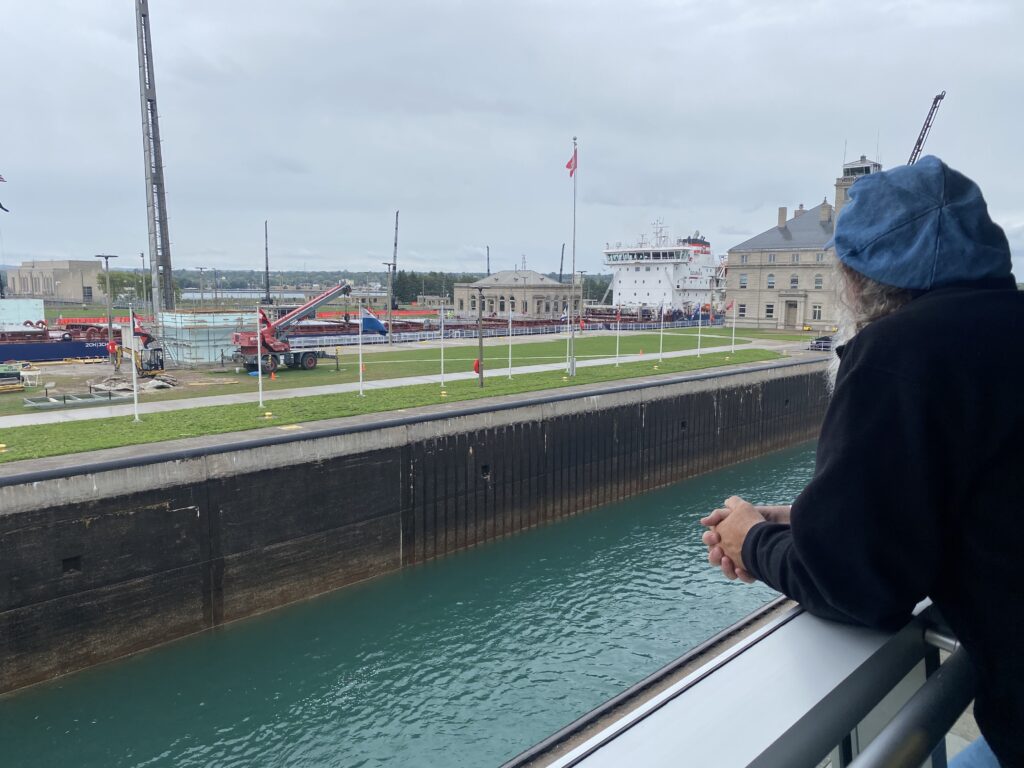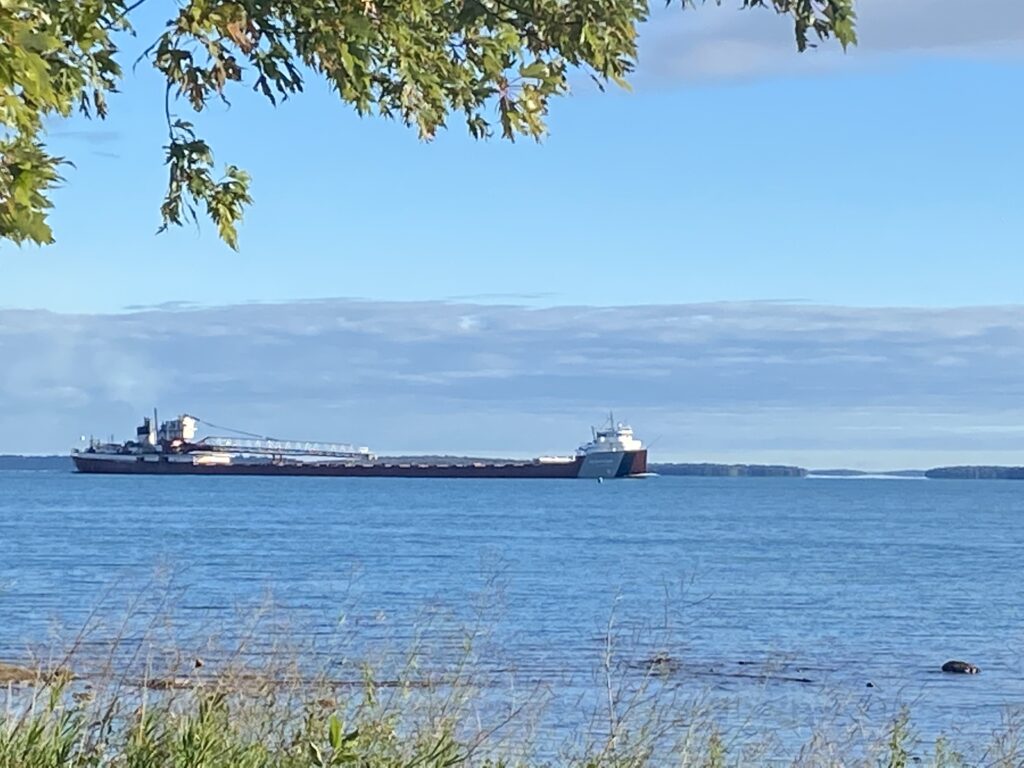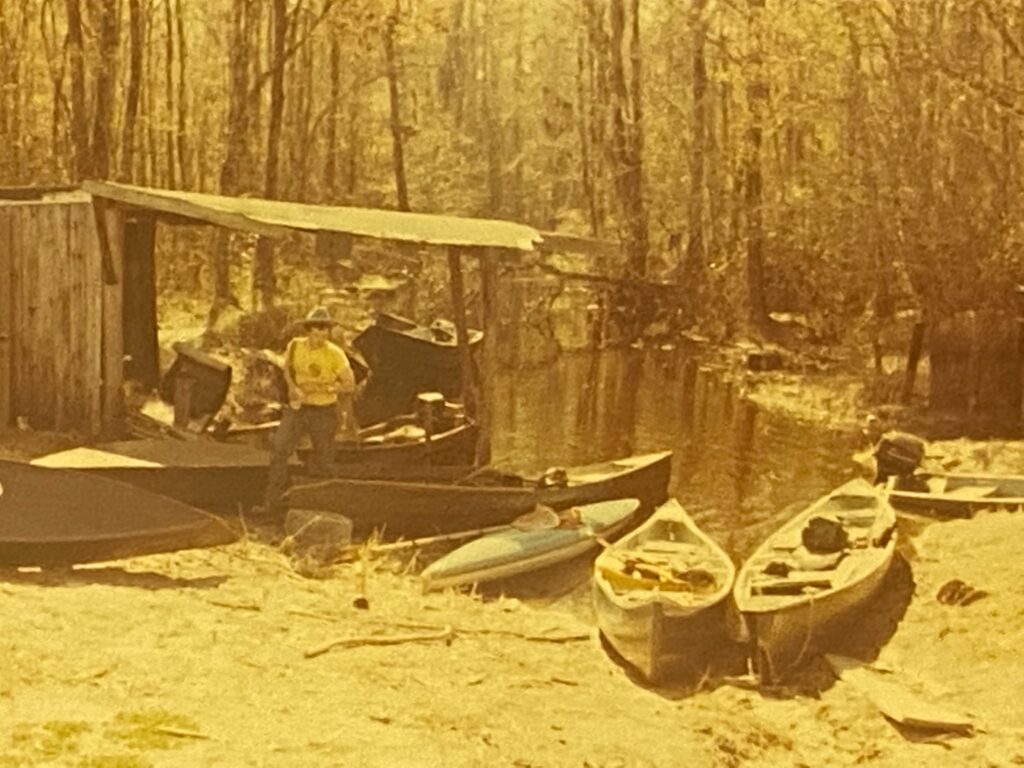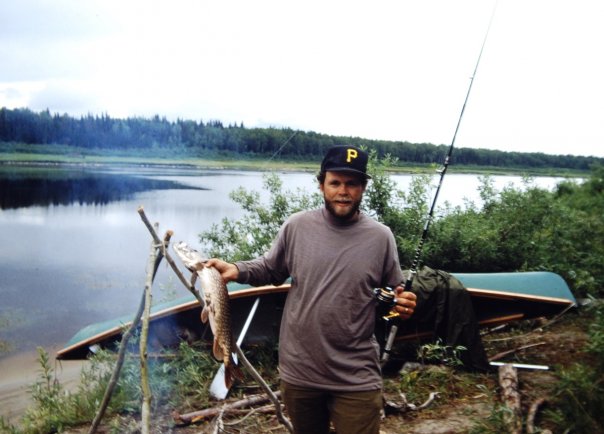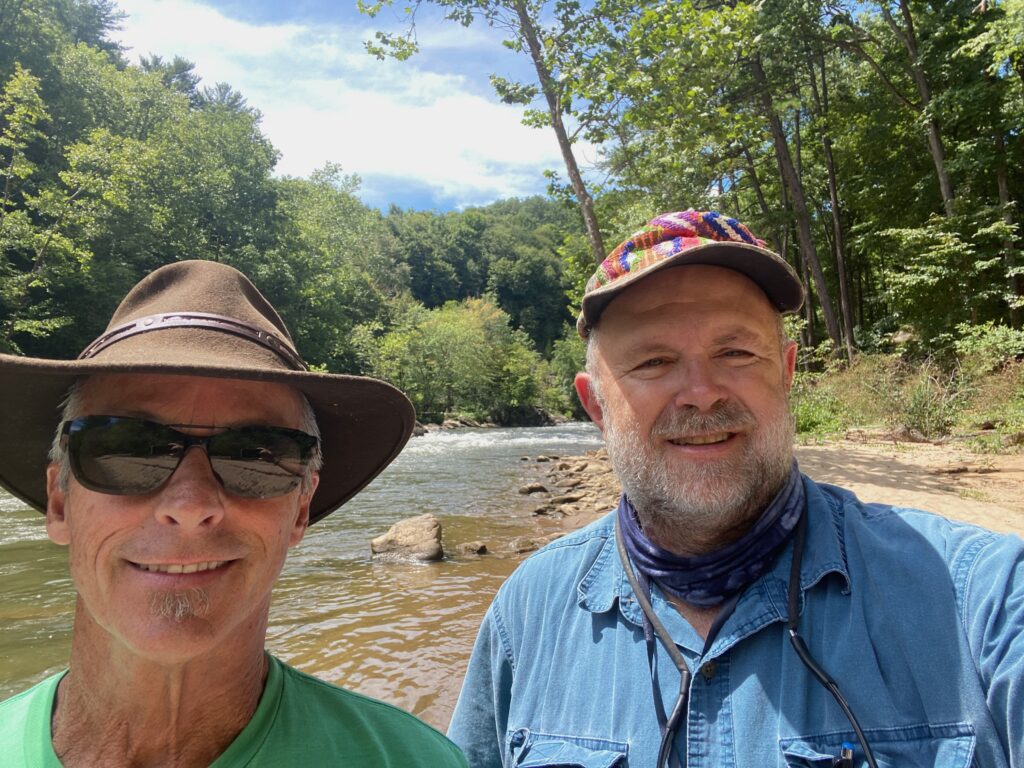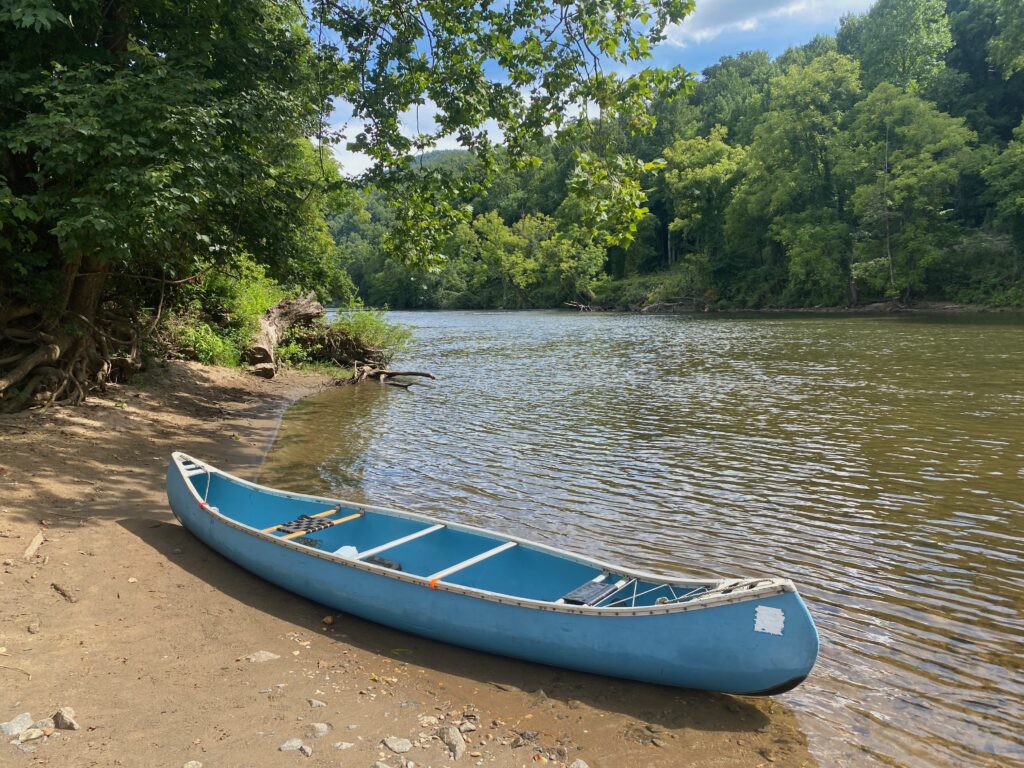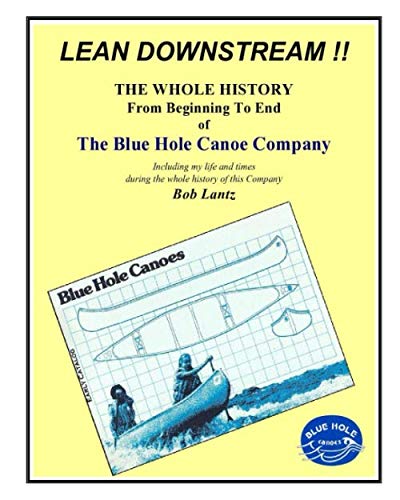Gerlach and the Black Rock Desert have lost a lot of their appeal. Over the past couple of decades, tens of thousands of people head there every Labor Day. It’s the sight of the Burning Man Festival. This year, because of some rain, 70,000 people became struck in the mud outside of Gerlach. Here’s my adventure in the Black Rock Desert long before it became so famous. The photos are copies from slides.
The Appeal of the Black Rock Desert
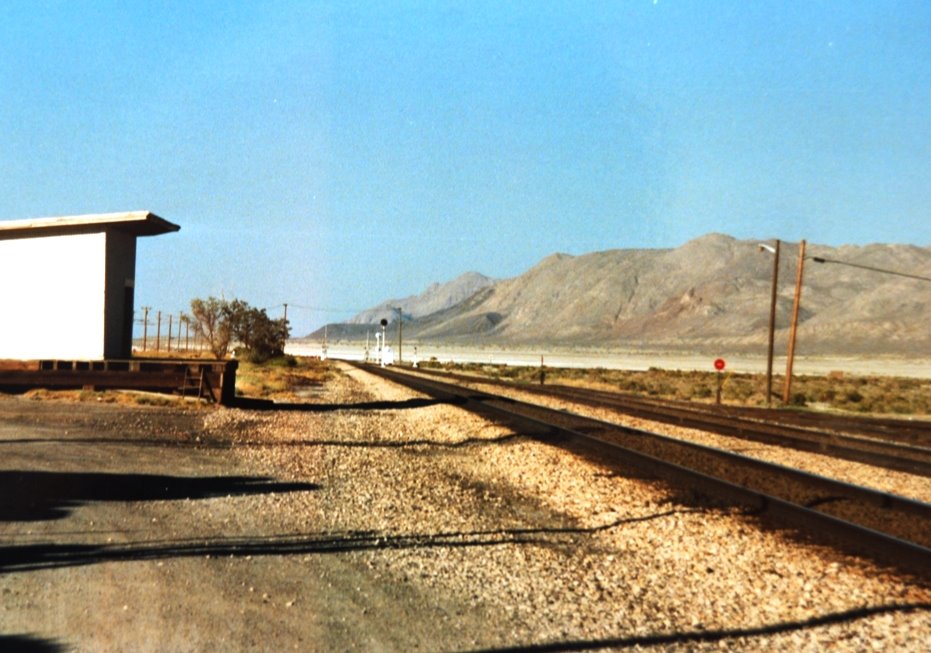
I’m not sure what drew me to this dot on a map. Gerlach is a hundred and some miles north of Reno. I knew few people, even in Western Nevada, who’d be there. The only person I knew who had been to the town was Norm and Missy. They’d lived and worked there before moving to Virginia City. Another attraction that drew me to this dot on the map were hot springs. I’ve taken road trips all over the Intermountain West in search of a good soak.
There was another reason I was interested in Gerlach. I’d watched their high school basketball team play that winter. The Virginia City Muckers creamed them. Our high school boys, used to playing in the thin air of 6200 feet, ran these lowlanders to death. Making it worse, the Gerlach team had only seven players. A couple of these guys were so uncoordinated that I felt sorry for them. I could have been a star on this team. By the end of the game, they only had five players left, and they were all on the court. Their best two players having fouled out. The Muckers second string, guys who normally sat on the bench, played, and had no problem running up the score. For some reason I wanted to see this team’s town.
A Sunday drive
In the late spring of 1989, after preaching on Sunday (the service was at 9 AM), I was on the road by 10:30 AM. I drove to Reno and picked up Carolyn, a woman I was dating at the time. The two ate a quick lunch and headed off. Taking I-80 east, out of Reno, we followed the Truckee River to Wadsworth, and then staying by the river, took Nevada 447 due north.
the Truckee River and Pyramid Lake
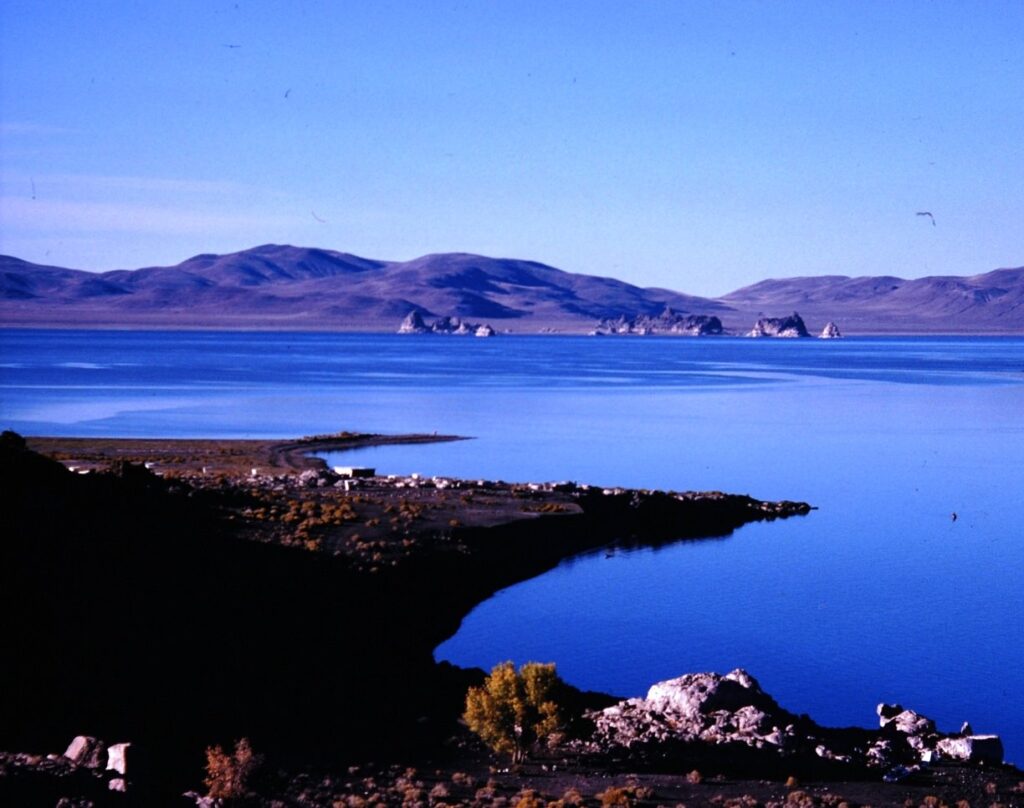
The road took us toward Nixon and the Pyramid Lake Indian Reservation. We stopped along the south end of the lake. It’s a barren looking body of water, essentially a retention pond. The pristine waters start out as snow in the Sierras. The snow melts into Lake Tahoe, and flows out of the north end of the lake. From there, the waters cascade down the Sierras. The river flows through downtown Truckee and Reno, and then through the River District of Storey County. In the 80s was home of the infamous Mustang Ranch, where there were no cattle, but prostitution was legal. At Wadsworth, the river turns north, and flows toward Pyramid Lake.
Over time, the hot desert sun evaporates the water in the lake. The high mineral content of the water when it reaches the lake leaves behind tufa formations as the lake level falls depending on the water level. Because the water is now so saline, there is little life around the lake.
Meeting Carolyn
I had met Carolyn the previous fall on another trip to this lake. A mutual friend invited us both out on an expedition in search of fall colors, which in the American West is mostly yellow. There would be pockets of cottonwoods in canyons, with bright yellow leaves flickering in the breeze, along with yellow rabbit brush mixed into the sage. The later, through beautiful, is the bane of allergy suffers. At one point, late in the day, when the light was soft and warm, Carolyn caught me taking her picture of her admiring the crescent moon hanging in the western sky. She smiled approvingly. We started seeing each other soon afterwards. Although nostalgic, our stop on the south shore of Pyramid Lake was brief, for we had another 80 miles to go to get to our destination, Gerlach.
Truly the Loneliness Road in America
In the 1950s, Life Magazine dubbed Highway 50 through Central Nevada as the “Loneliness Road in America.” It’s not. It’s not even the loneliness road in Nevada. Nevada 447, north of Nixon, is one of a dozen or so blacktopped roads in the state with a much lower traffic count. We saw only one car heading south as we drove north, and when we returned that evening, we saw no cars. There’s not a lot out here.
The west side of the road is the Piute Reservation; on the east side is Winnemucca Lake, which is dry. Along the way, we pass a couple of ranches and a few scattered cows. This harsh land takes 40 or more acres to support a cow. As the afternoon progresses, the wind begins blowing and at places it sounds like the car is being sandblasted. Five miles south of Gerlach is the only other town around, Empire. It’s a company owned town at the site of one of the nation’s largest gypsum mines and, besides the railroad, is a main source of employment in the region. A spur rail line hauls out cars of the powdery dust. Five or so miles north, along the Southern Pacific lines (the Feather River Route) is Gerlach.
the Town of Gerlach
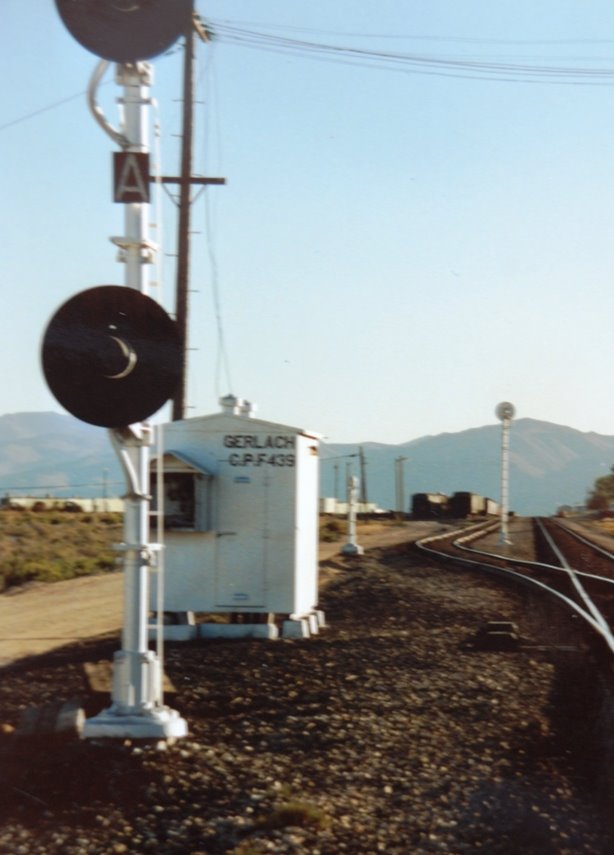
The town is small and sits on the edge of the Black Rock Desert which stretches northeast as far as one can see. We ask about the hot springs and learn they’re not currently open due to construction. A little disappointed, we walk around town and the rail yard and spent some time hiking beside the tracks out into the desert playa. The ground is barren, white, and chalky. Having seen it, I can understand why it became a quagmire after only a half inch of rain during this year’s Burning Man festival.
There’s one main establishment in Gerlach, Bruno’s Country Club. It’s a gas station, casino, restaurant, bar, and hotel. I laugh at it being called a Country Club, for there isn’t a blade of grass in sight and certainly no golf courses. If they decided to add a golf course, I assume it’d be like the one in Gabbs, Nevada, a nine-hole course played on clay. Although not a golfer, I image your ball would get nice long bounce on such a surface.
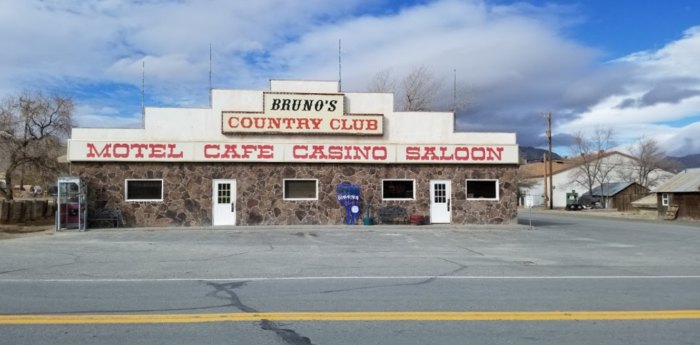
After our walk, we head to Bruno’s and enter the dining room that’s across from the casino. The casino isn’t much, just a handful of slot machines, along with a bar and maybe a table for cards. The establishment isn’t fancy, but we enjoy a home-style meal. The staff and the locals having Sunday dinner at Bruno’s are friendly. As tourist, we stick out, and they seem glad to see us and are curious as to what brought us to town. After dinner, the light of the day begins to fade as the sun sets. We take another walk around town. The air cools and the fierce wind of the afternoon has died down.
Heading home
After walking around, we get back in the car. There’s nothing more to do than to drive home through the night. The car’s headlights pierce the darkness of the black ribbon of highway. At a couple of places, I slow down as we drive through six-inch-high mounds of sand across the highway. These were deposited by the afternoon wind. The stars are bright. Overhead and to the Southwest, Orion sinks toward the western horizon, as does waxing new moon. I point it out to Carolyn. She reminds me of the crescent moon on the horizon on that first trip to Pyramid Lake. An hour later, the moon has set, and we’re left with the stars and a lonely strip of asphalt. It’s late when I drop Carolyn off at her home. It’s even later when I make it back up on the Comstock.
